The way film cameras work is simple – light is focused onto a light-sensitive film, causing images to form based on the kind of light that passes through the aperture. Fujifilm’s latest Instax camera cleverly uses that process to its advantage to create funky effects on film. The Instax Mini 99 has a set of LEDs sitting right in front of the photo paper. Choose an effect and the camera clicks the image, but also shines those built-in LEDs during capture to ‘color’ the image with extra hues. A yellow LED, for instance, would give your photo a sepia tone, green LEDs give your photo a faded green effect, and randomized colored LEDs create a light-leak effect reminiscent of old vintage-style cameras. Sure, you can toggle the effects off and click a normal photo too, but honestly, what’s the fun in that??
Designer: Fujifilm
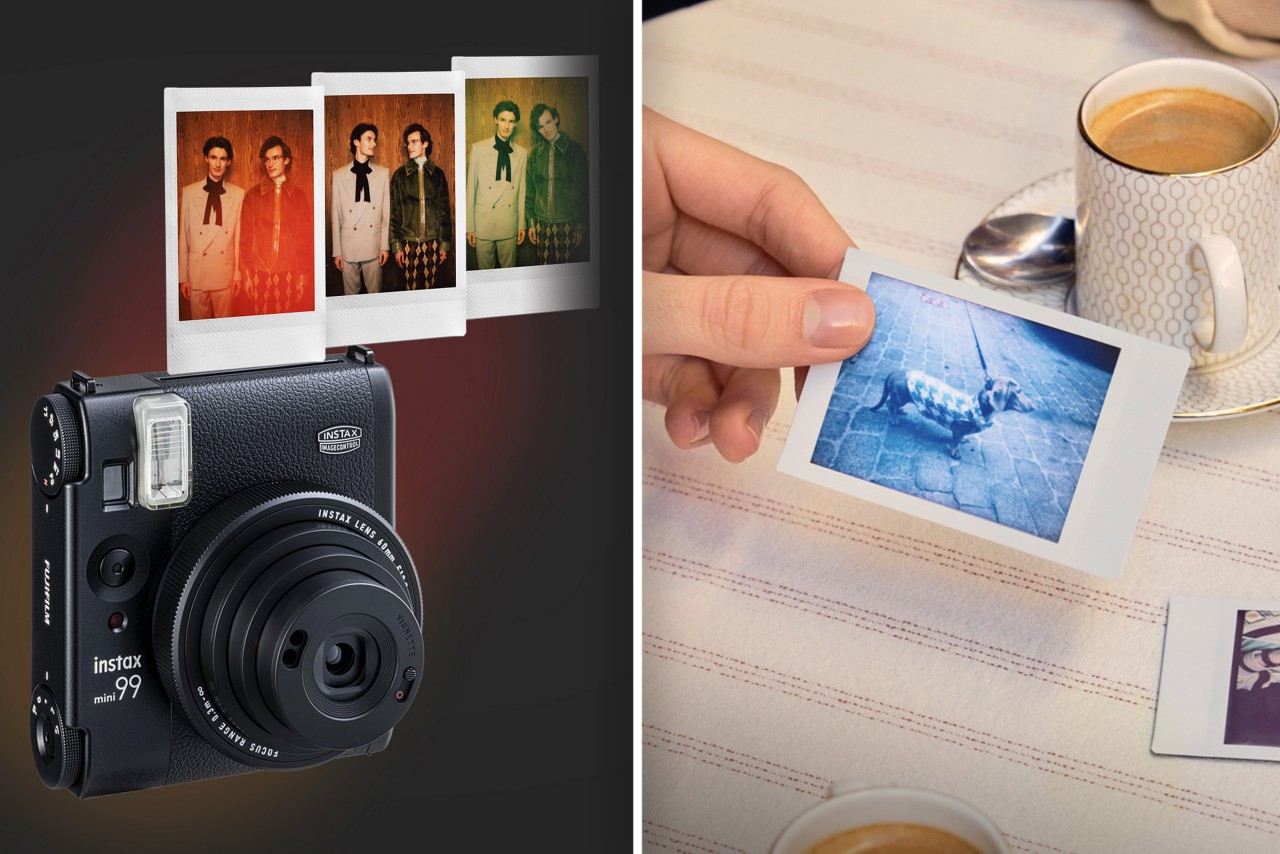
Ask a photography purist and they’re sure to have some wild thoughts about whether what the Instax Mini 99 does is ‘legit’ or not. Most hardcore photographers don’t believe in additive editing, or the idea of adding something extra to an already clicked photo. That means airbrushing skin, fixing highlights, or using extra elements in their editing process. For any photography purist, the most you can really do to a photograph is either subtract from it, or modulate existing elements like play with contrast, color-correct, etc. So the idea of shining LEDs onto an exposed film may see mixed reactions. However, what the Instax Mini 99 does is just genius. It doesn’t apply a digital filter onto your film (the way you would in your photo editing app) – instead, it changes what your camera sees by adding extra color information. What it does is entirely analog, and it recreates a kind of imperfection you’d associate with vintage cameras but does so deliberately.
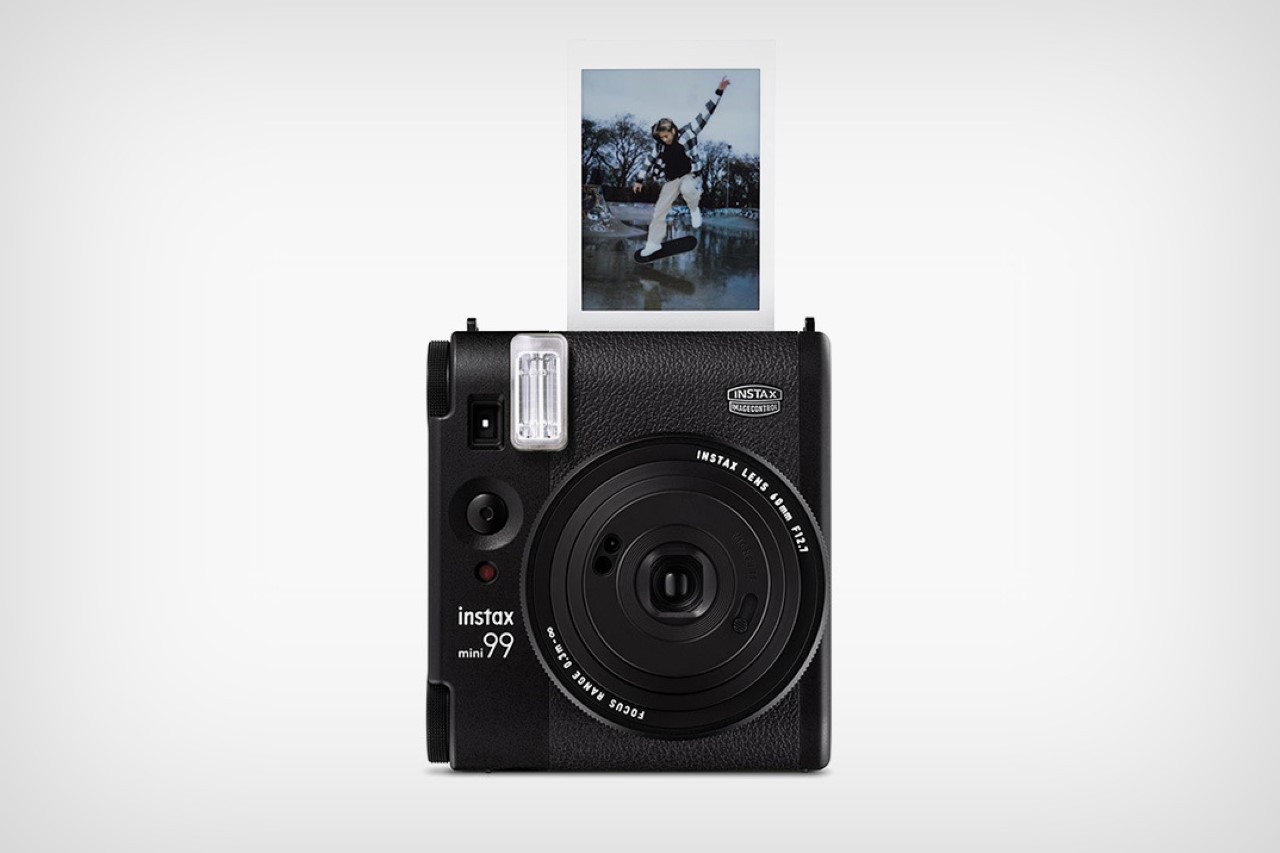
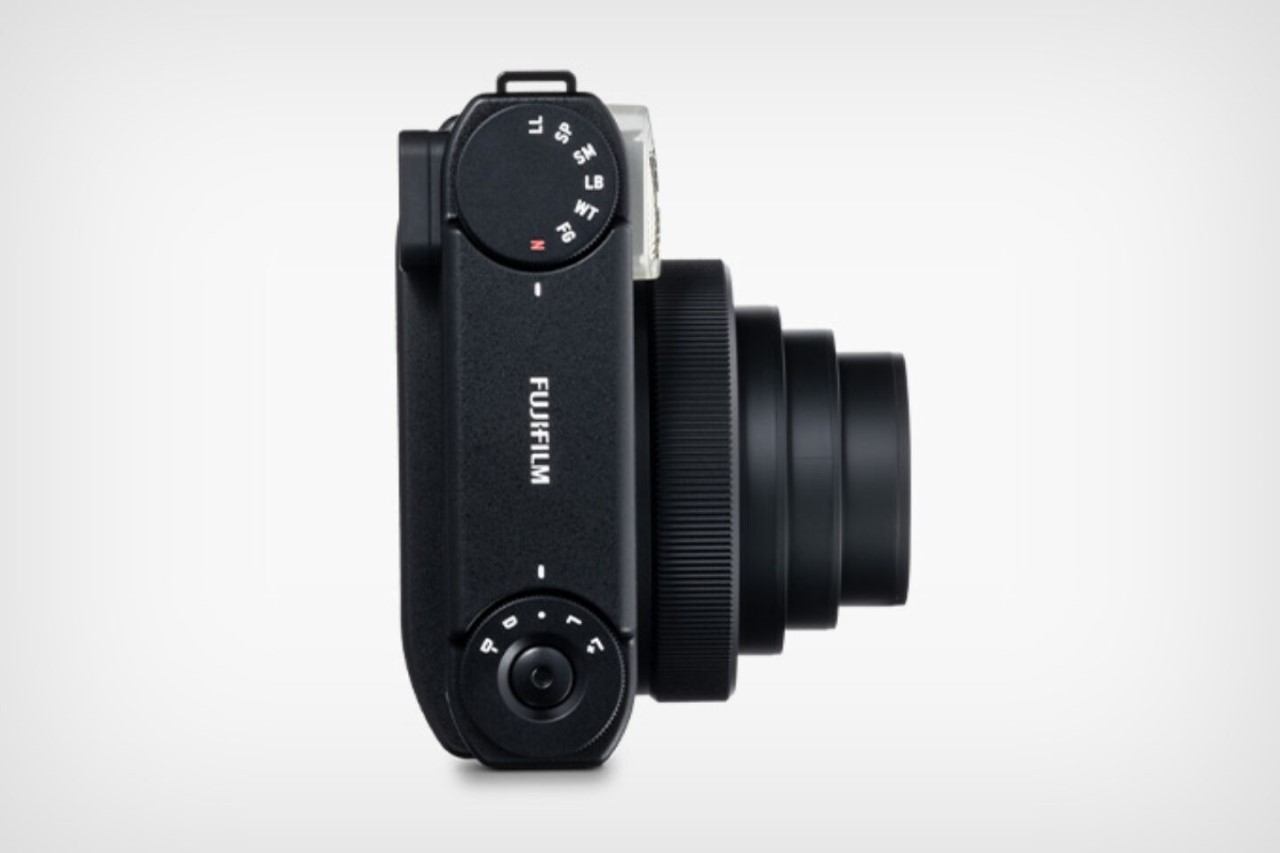
The interface is simple. A set of knobs on the side of the camera let you choose between different modes. The knob on the top lets you choose any of the Instax Mini 99’s effects, while a knob below lets you adjust brightness with five levels to choose from. This allows you to fine-tune the intensity of the color effect or even use it for standard lighting adjustments. Feeling adventurous? Combine the color effects with different brightness levels or even the double exposure mode for truly unique and artistic results. For those who like a touch of drama, the vignette mode is a welcome addition. By sliding the manual vignette switch near the lens, you can darken the edges of your photos, drawing attention to the center of the image. This technique can be particularly effective for portraits and close-up shots.
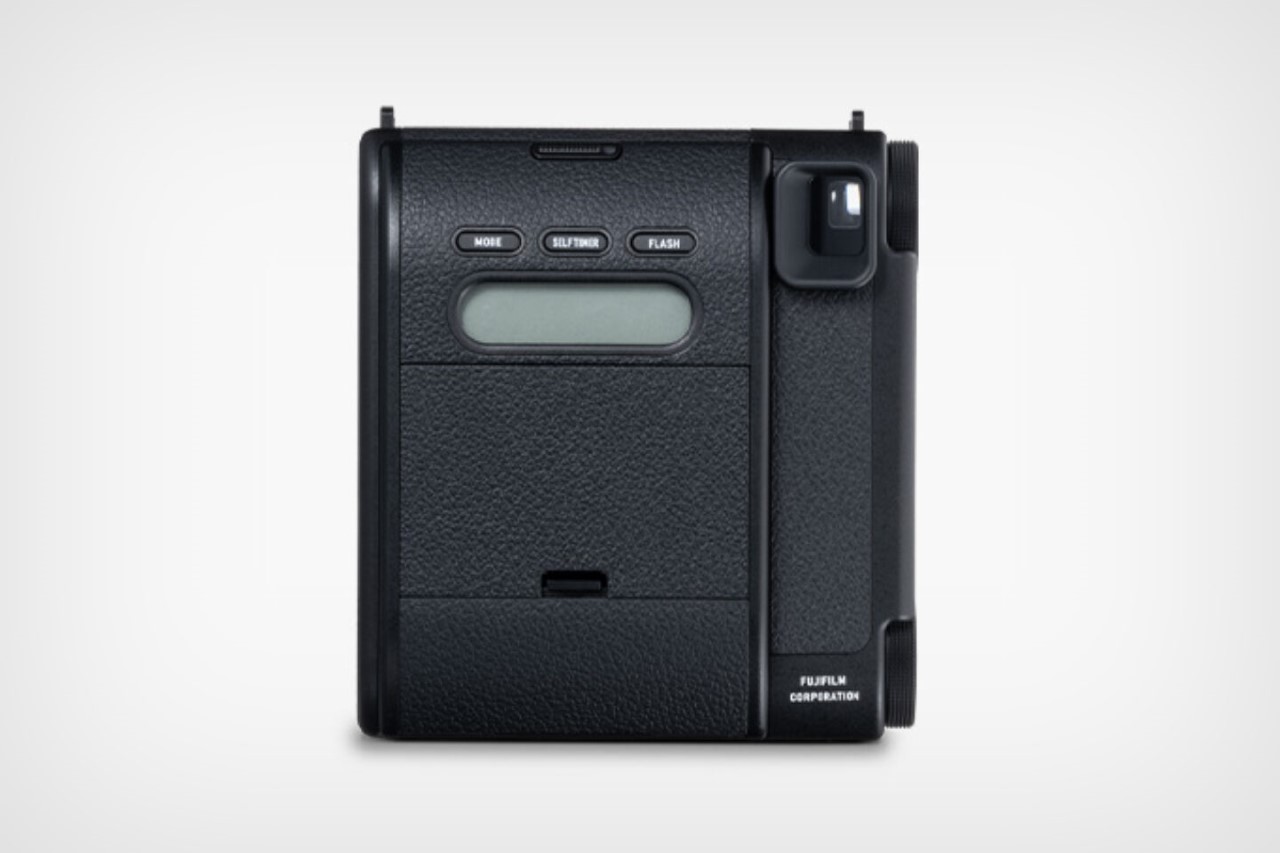
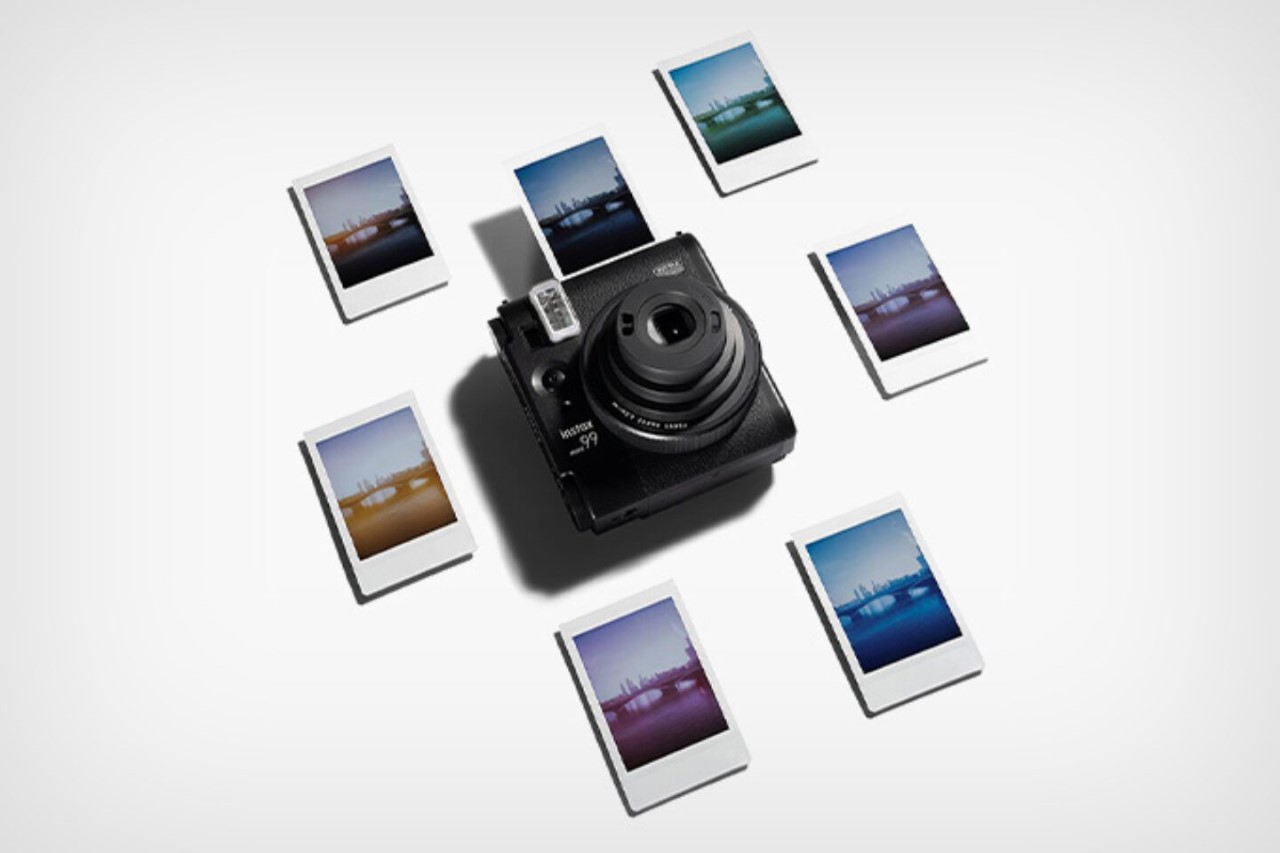
Beyond the creative features, the Instax Mini 99 offers a solid foundation for instant photography. It packs a 60mm f/10 lens, an LCD panel for framing your shots, and a long-lasting NP-70S lithium battery. The camera also comes with a shoulder strap and a base grip that includes a tripod mount, making it convenient to carry and use on the go.
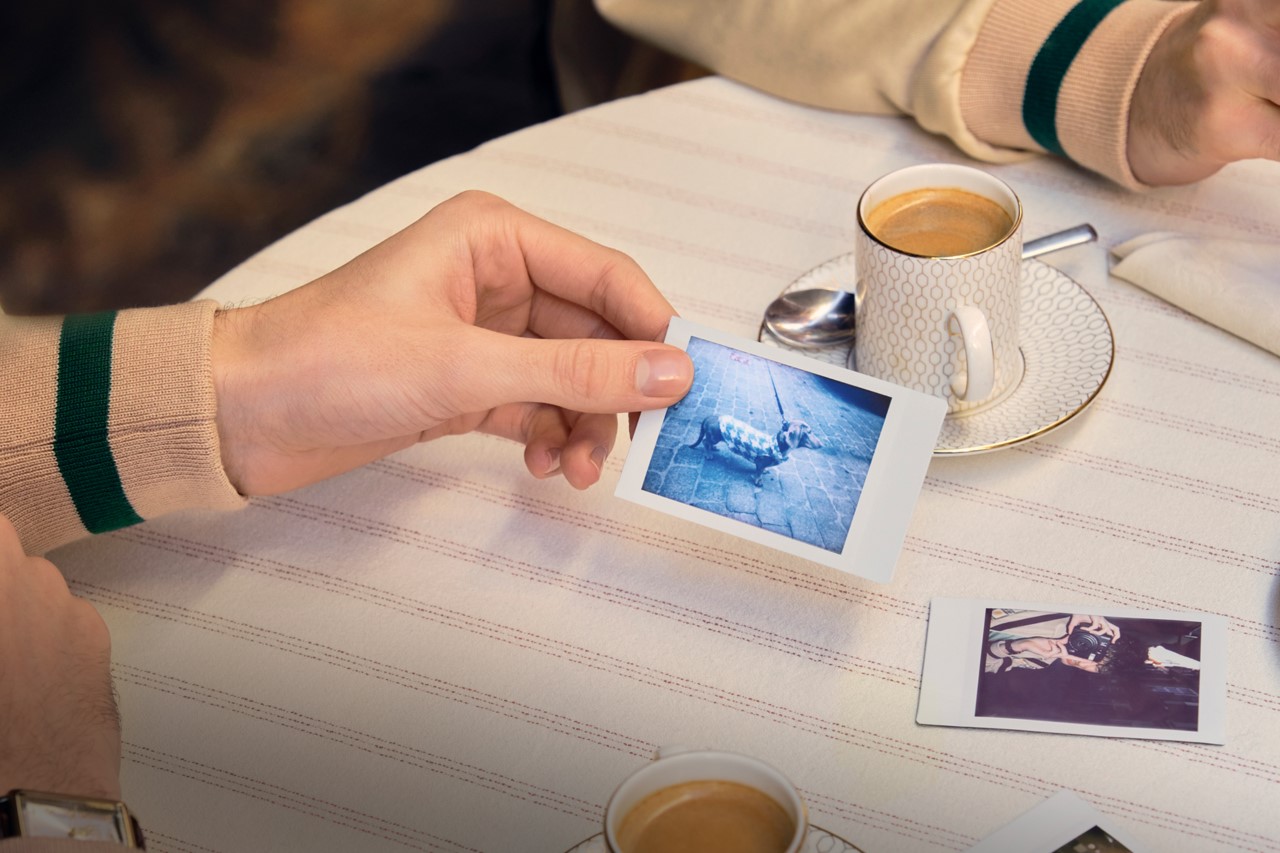

The Instax Mini 99 starts at $199.95 for preorder, with the camera officially becoming available starting April. You can even grab yourself a dedicated camera case for $20.
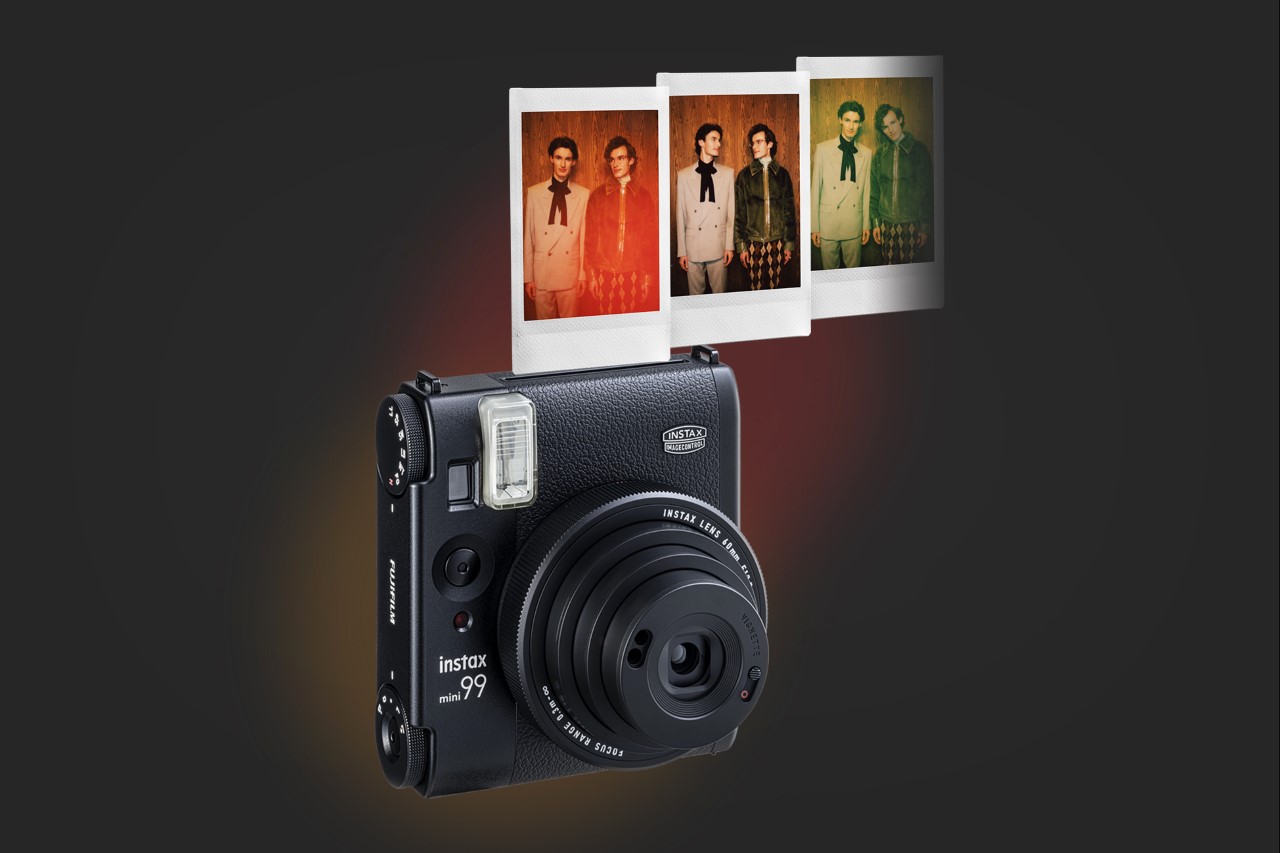
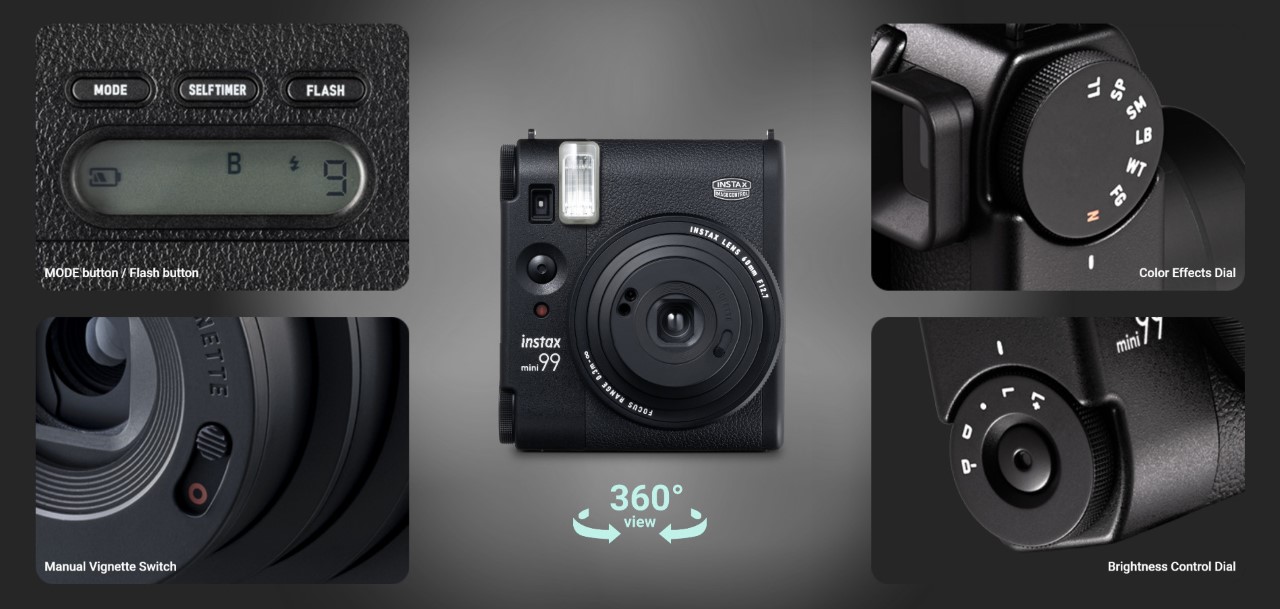
The post Fujifilm’s Instax Mini 99 creates color filter effects by shining LEDs on your photo film first appeared on Yanko Design.
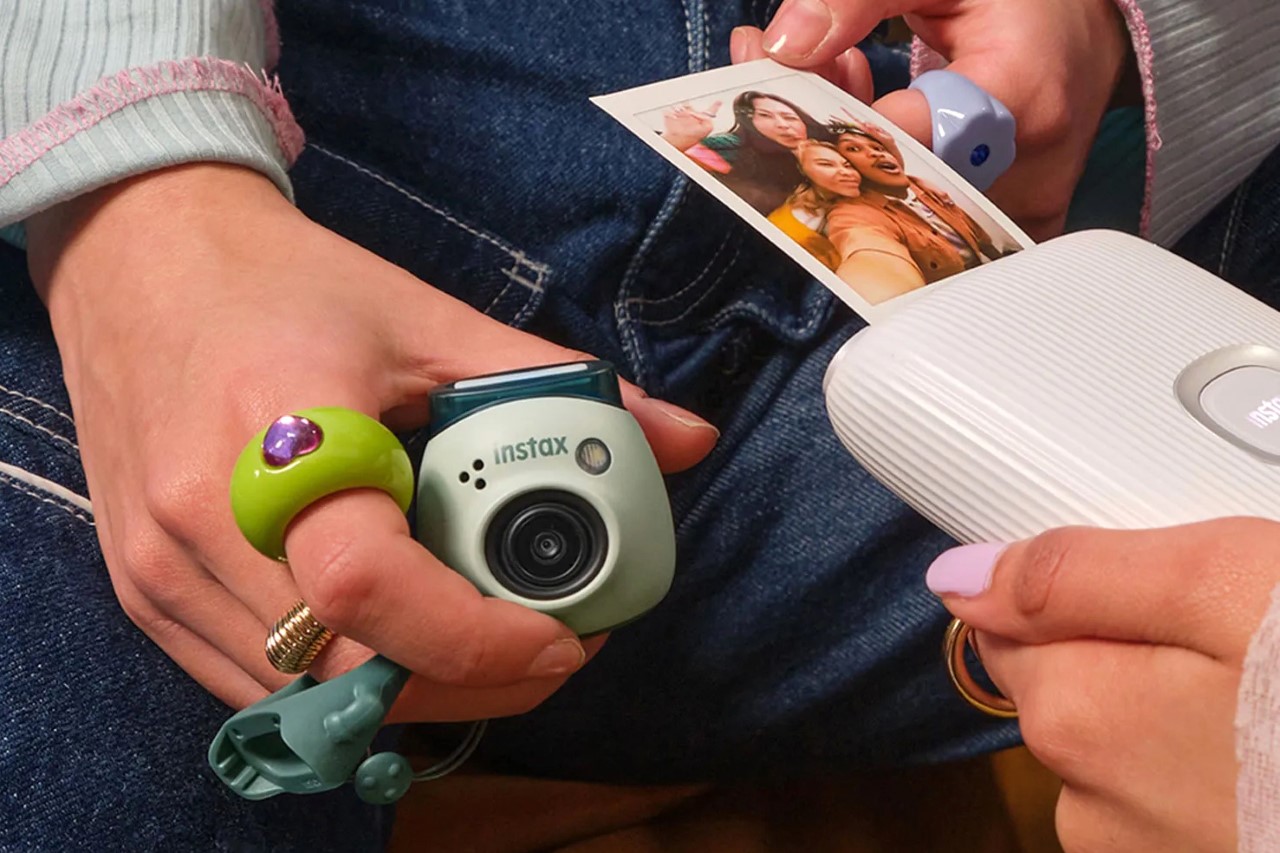
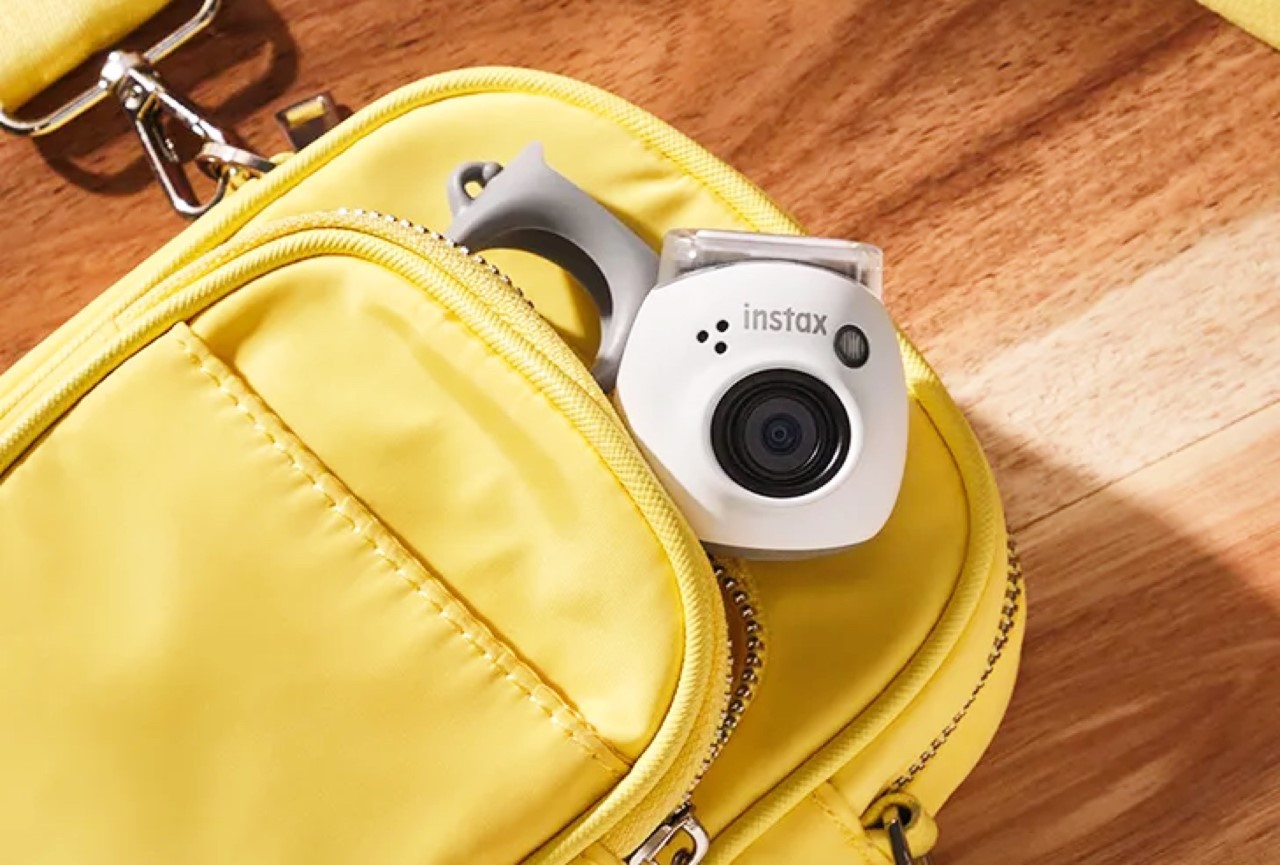
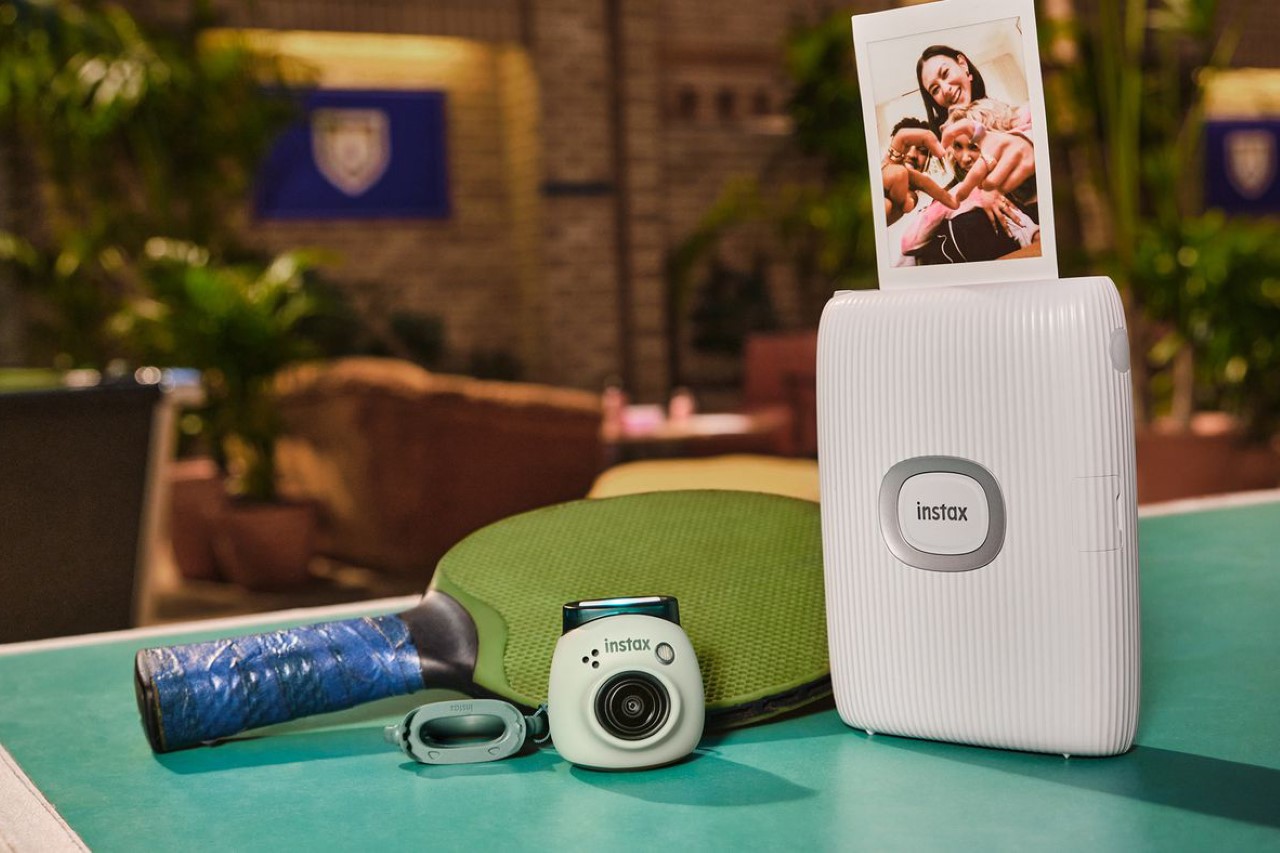
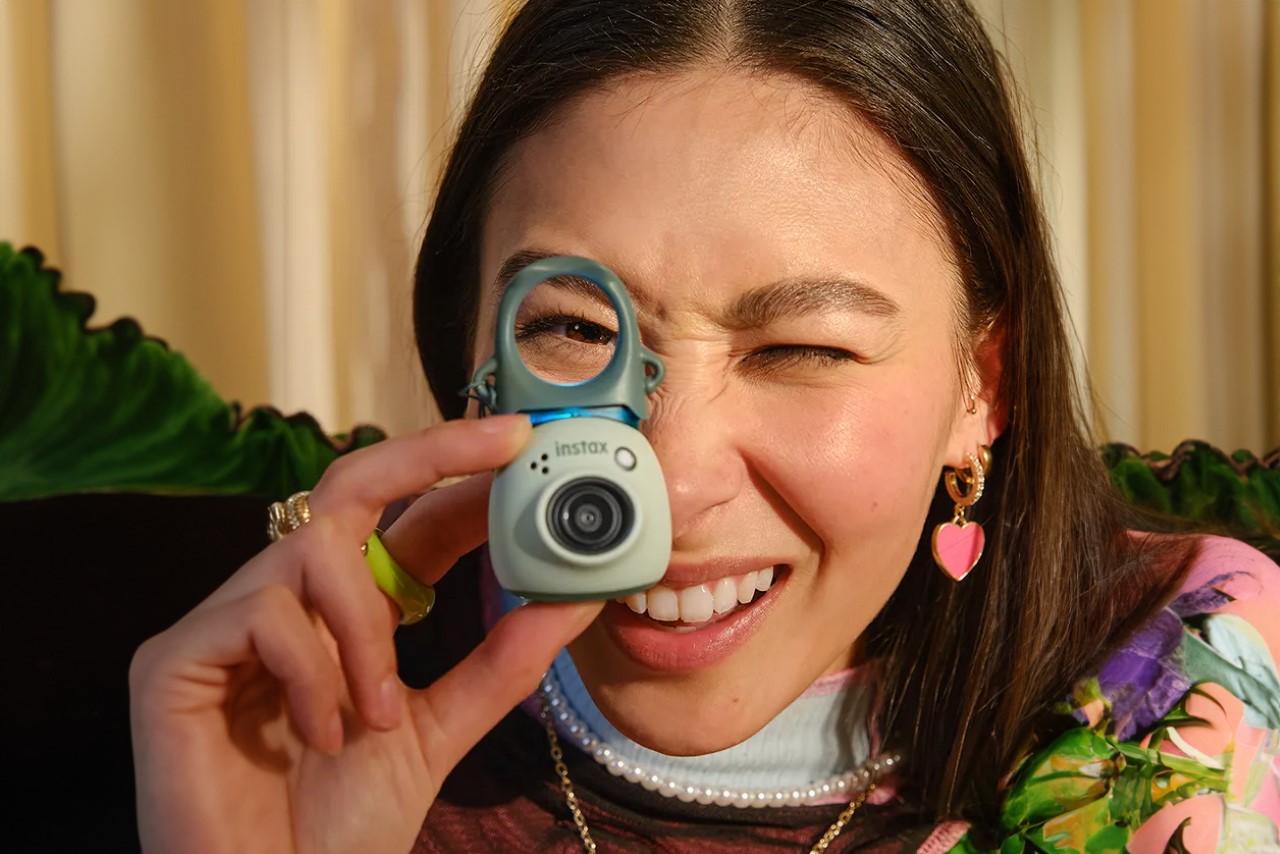
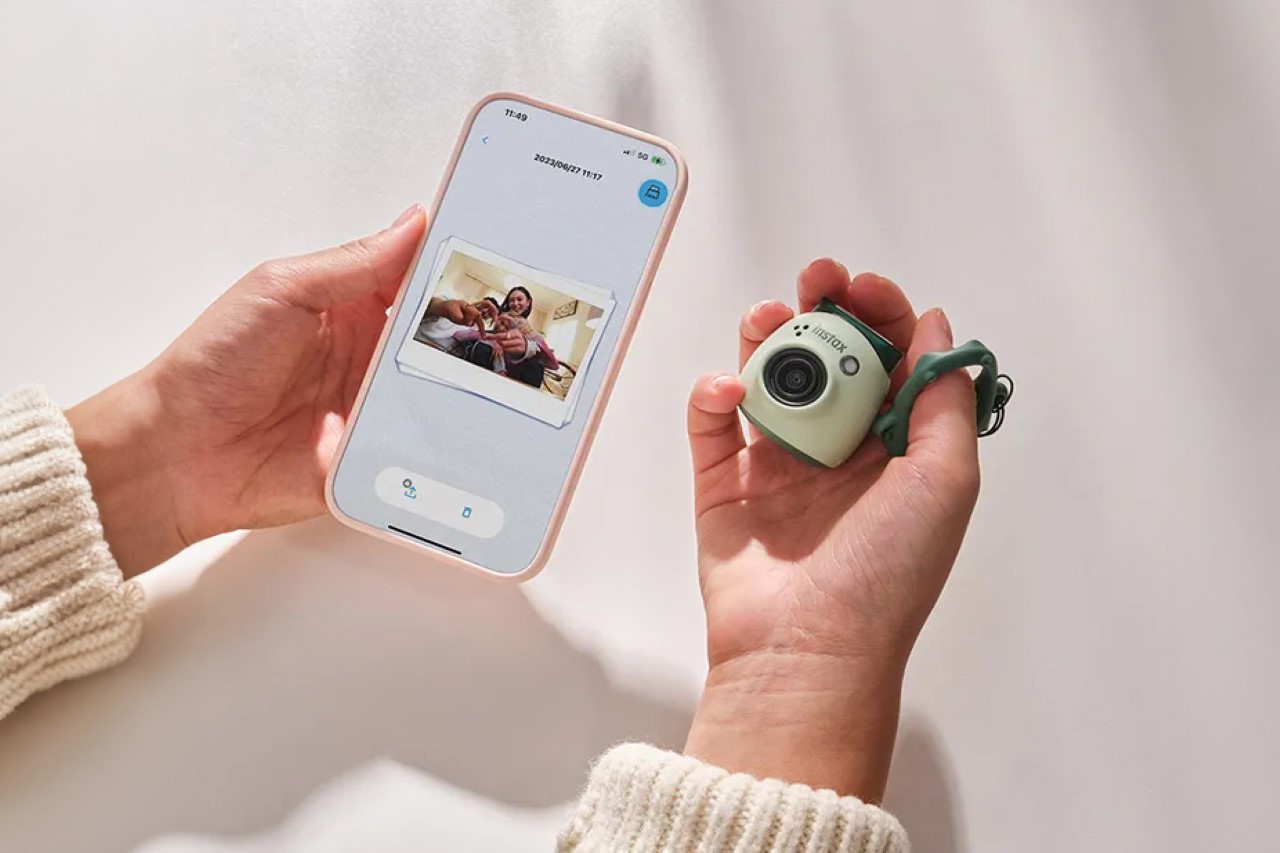
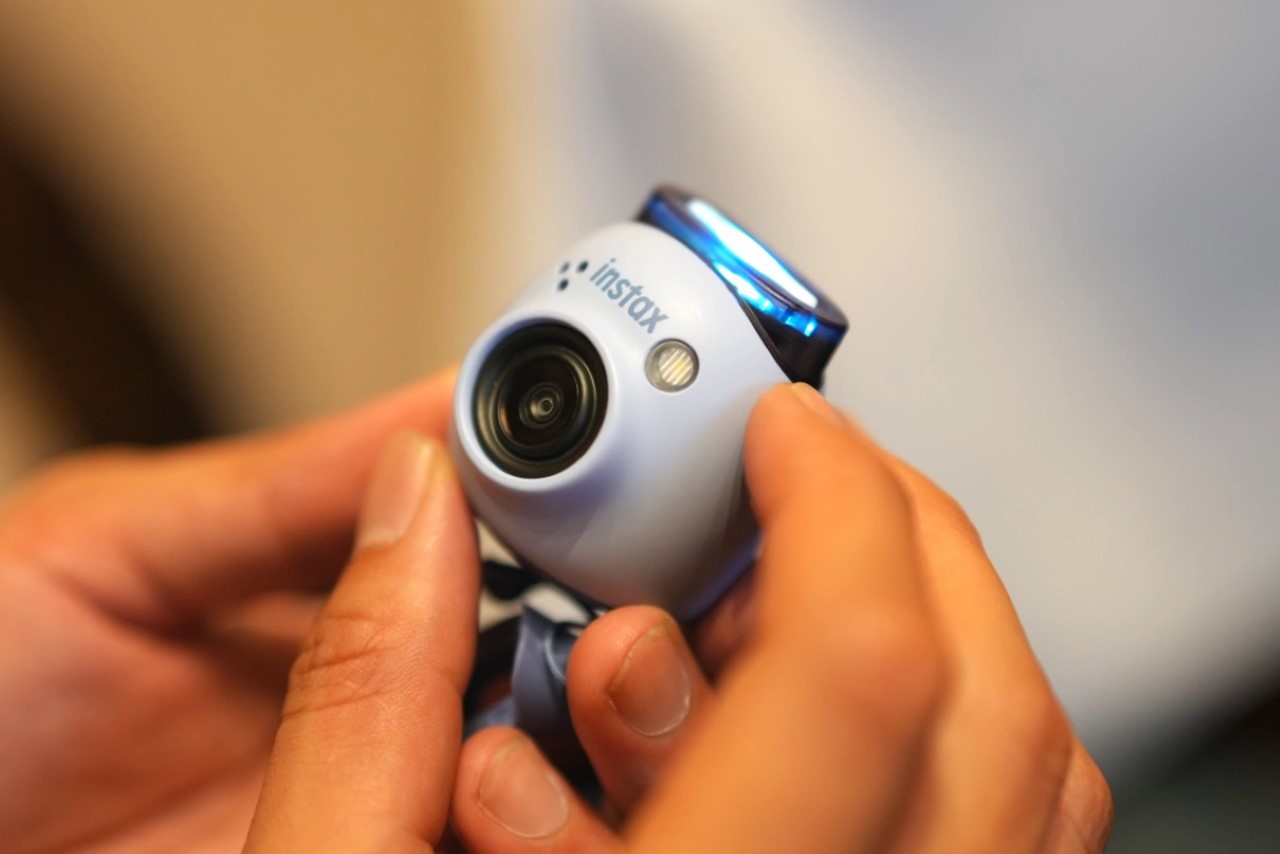
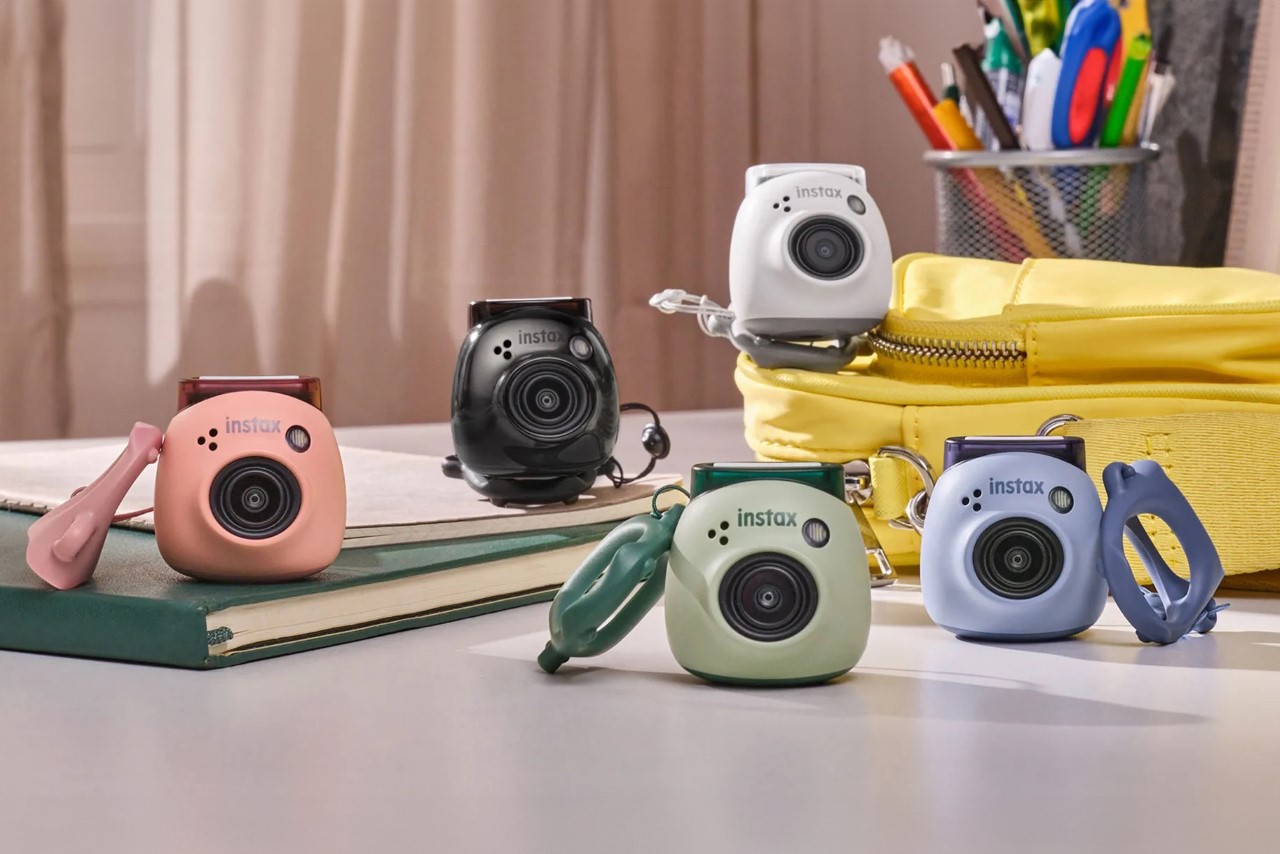
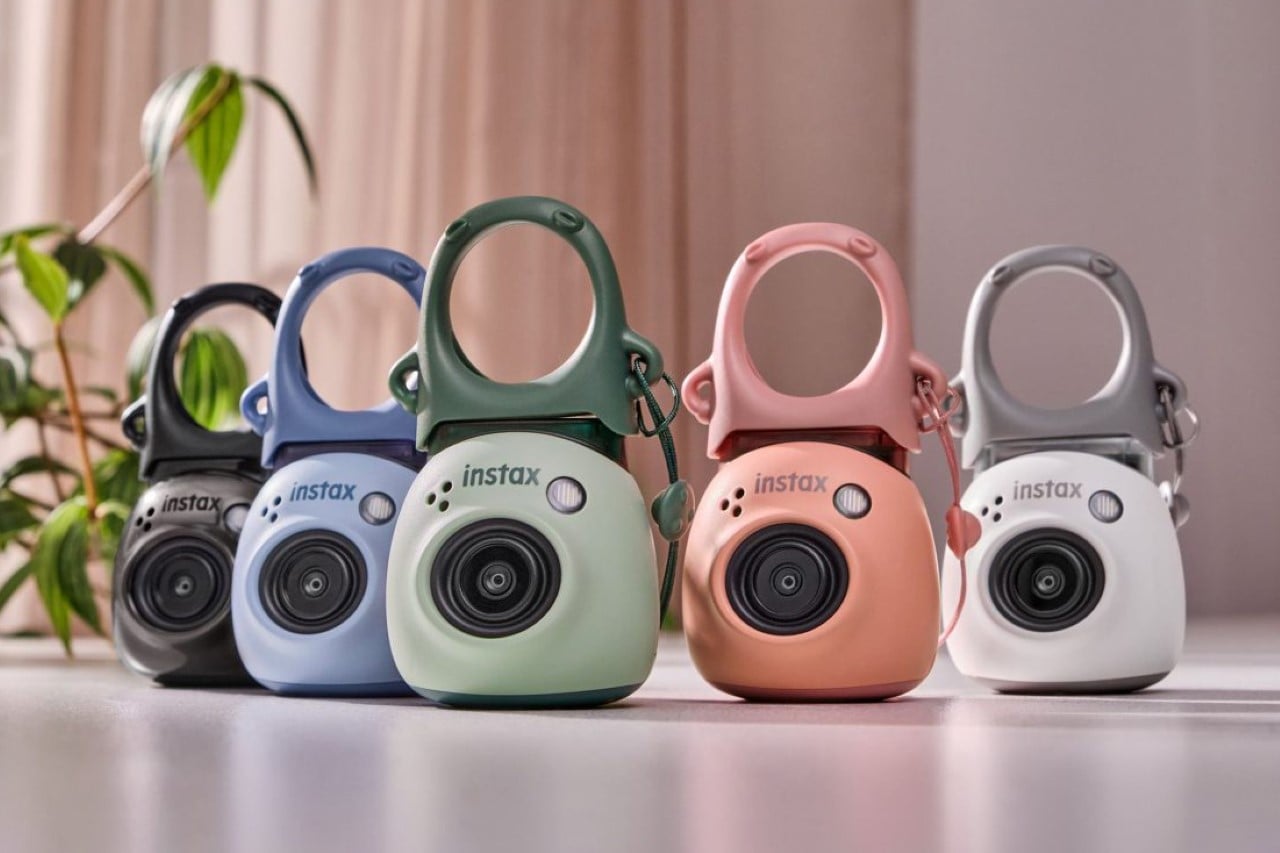
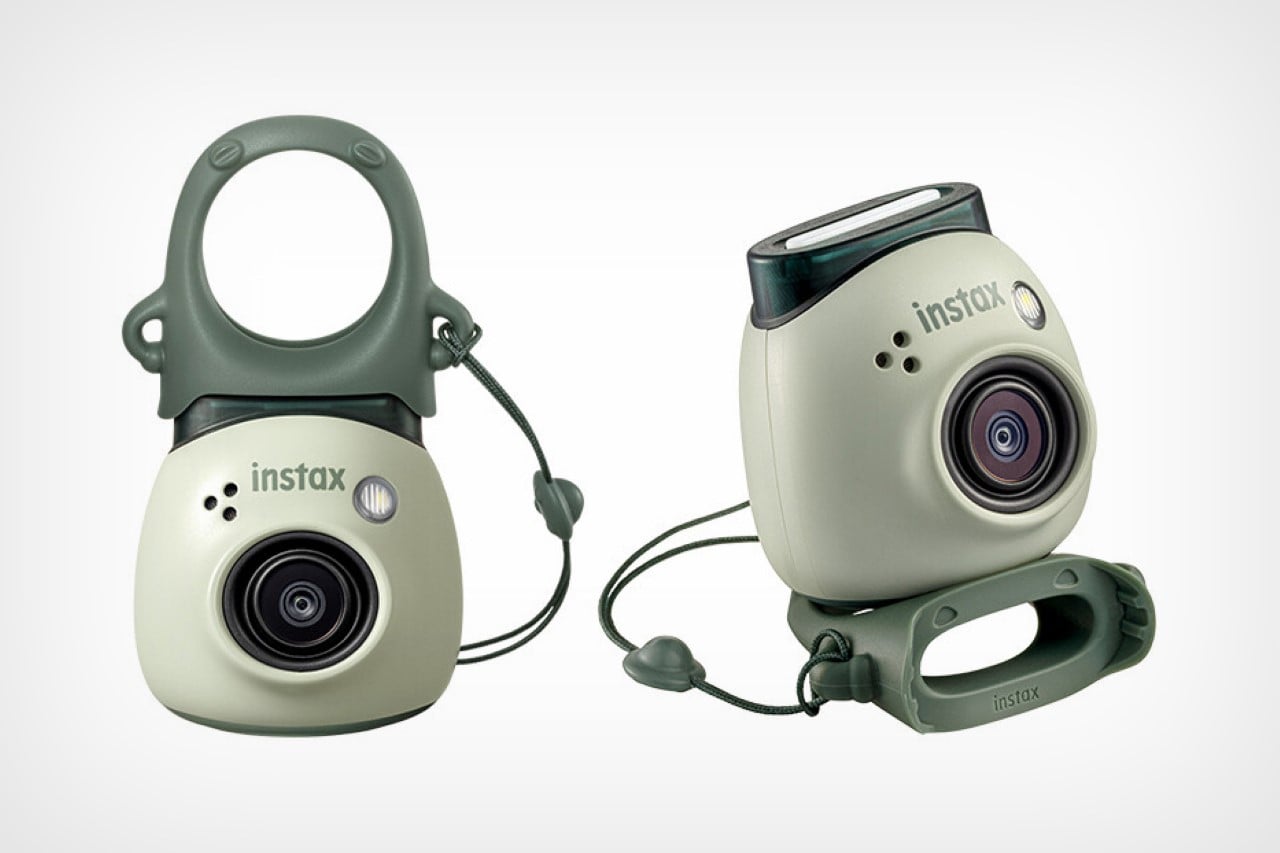
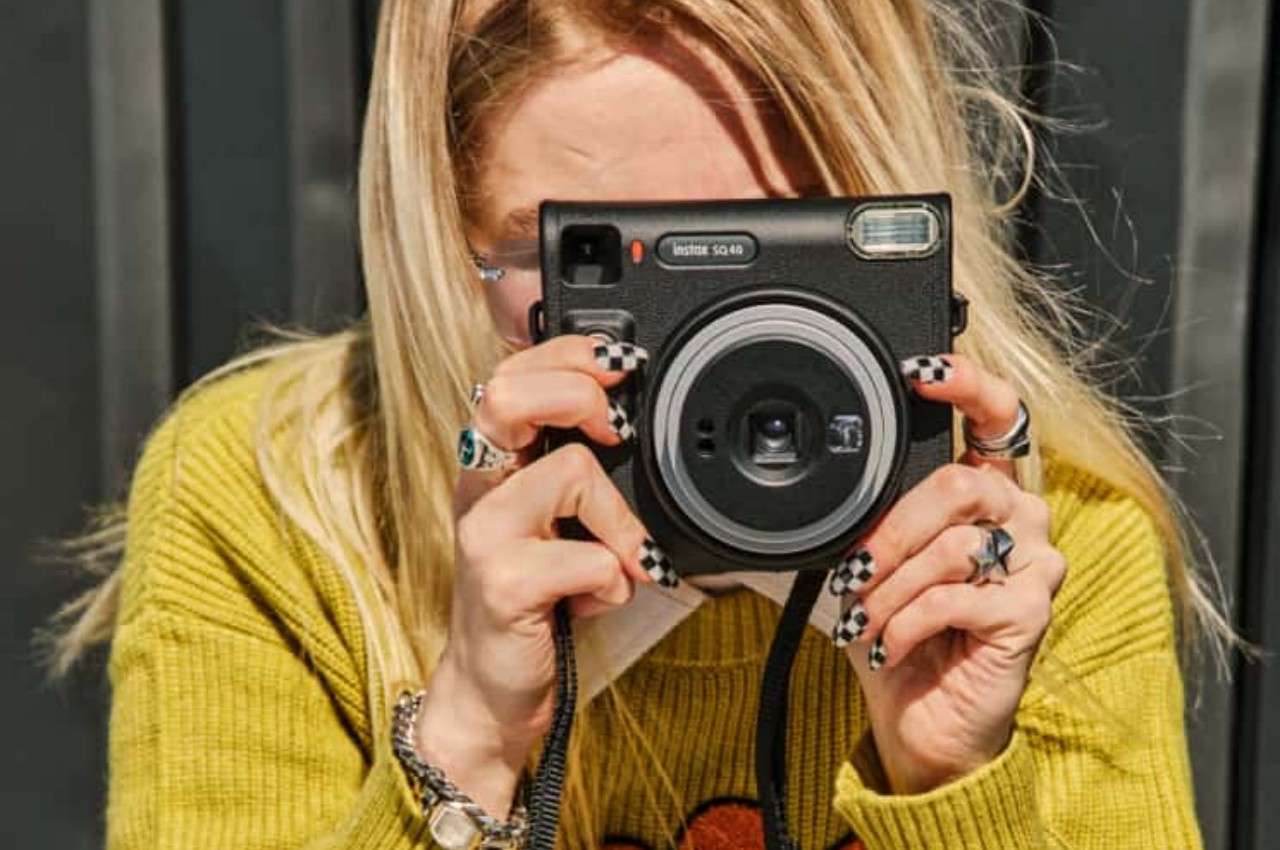
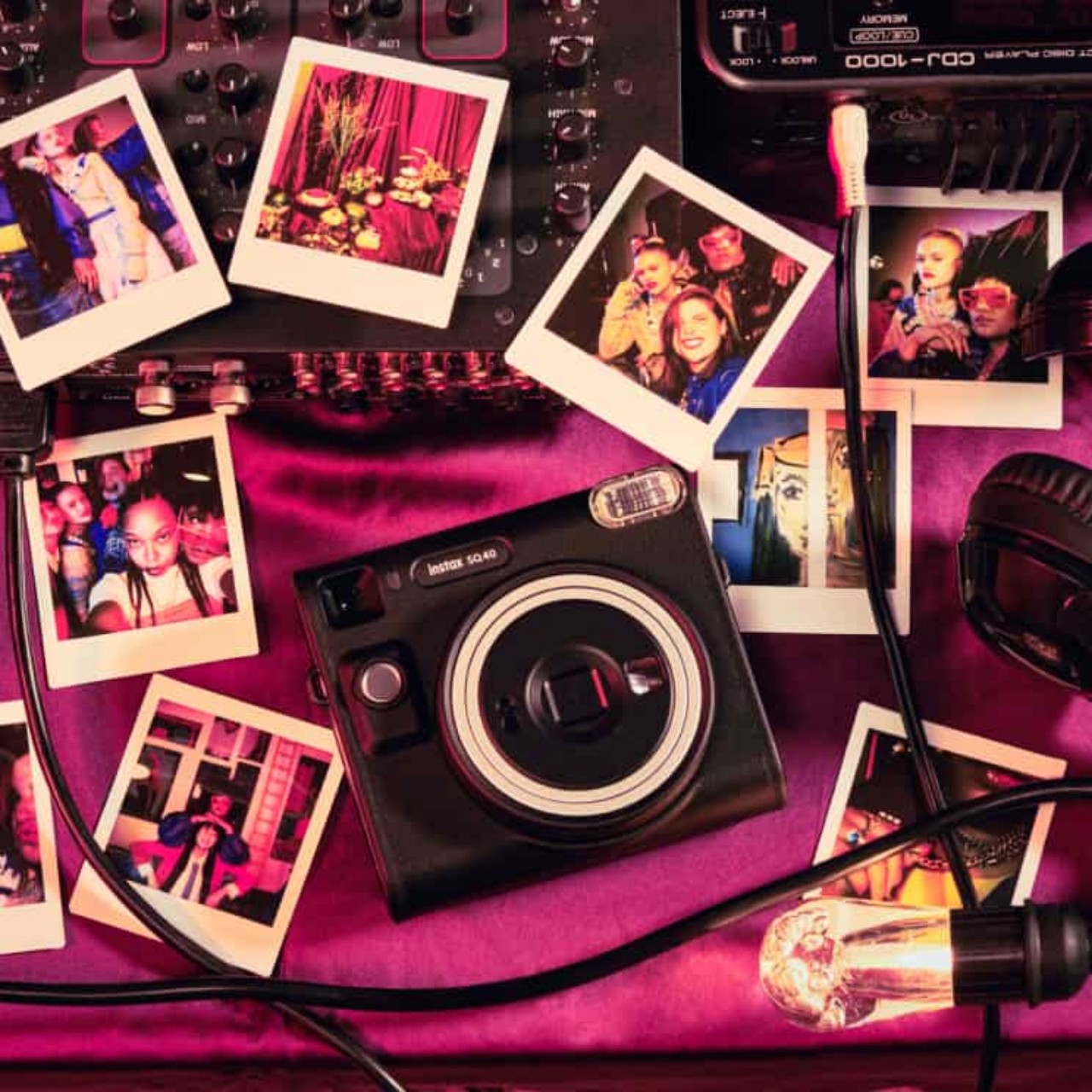
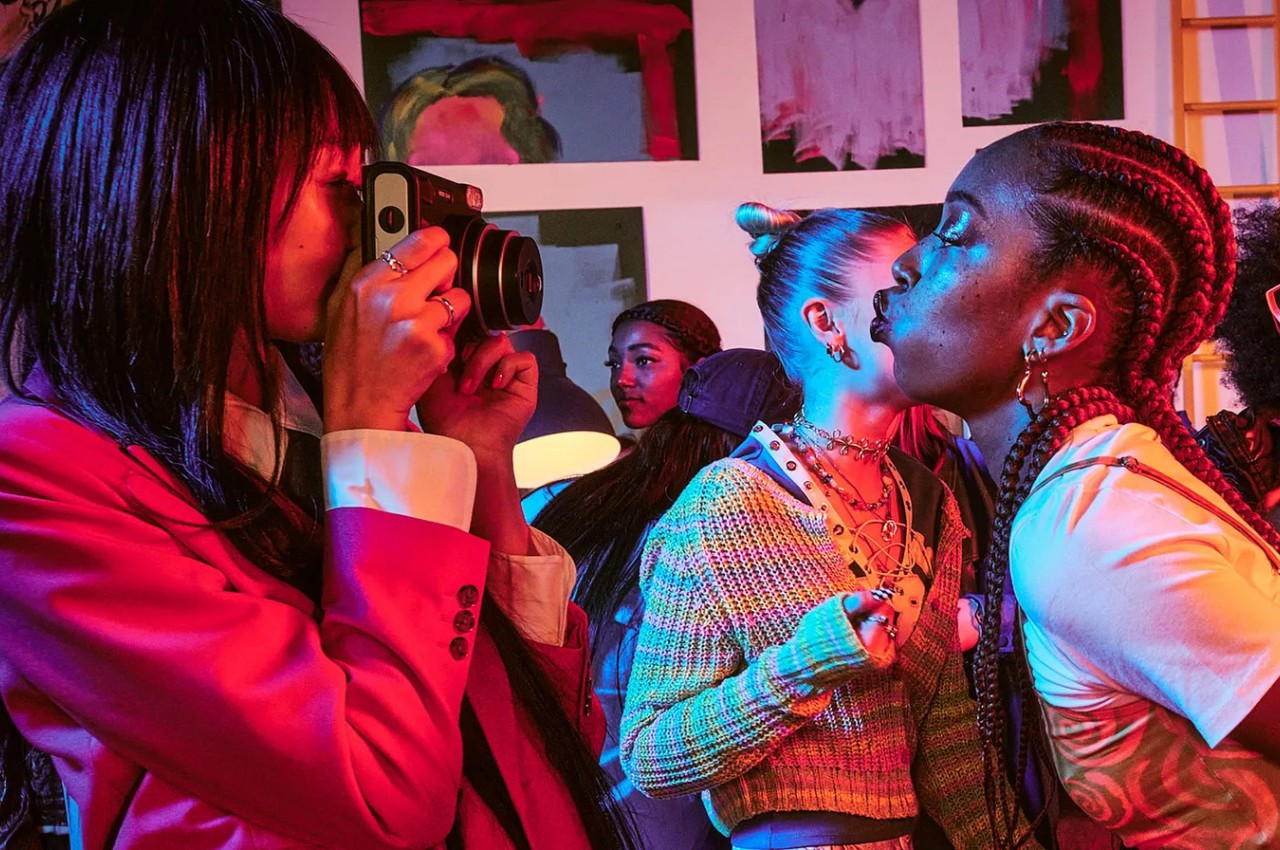
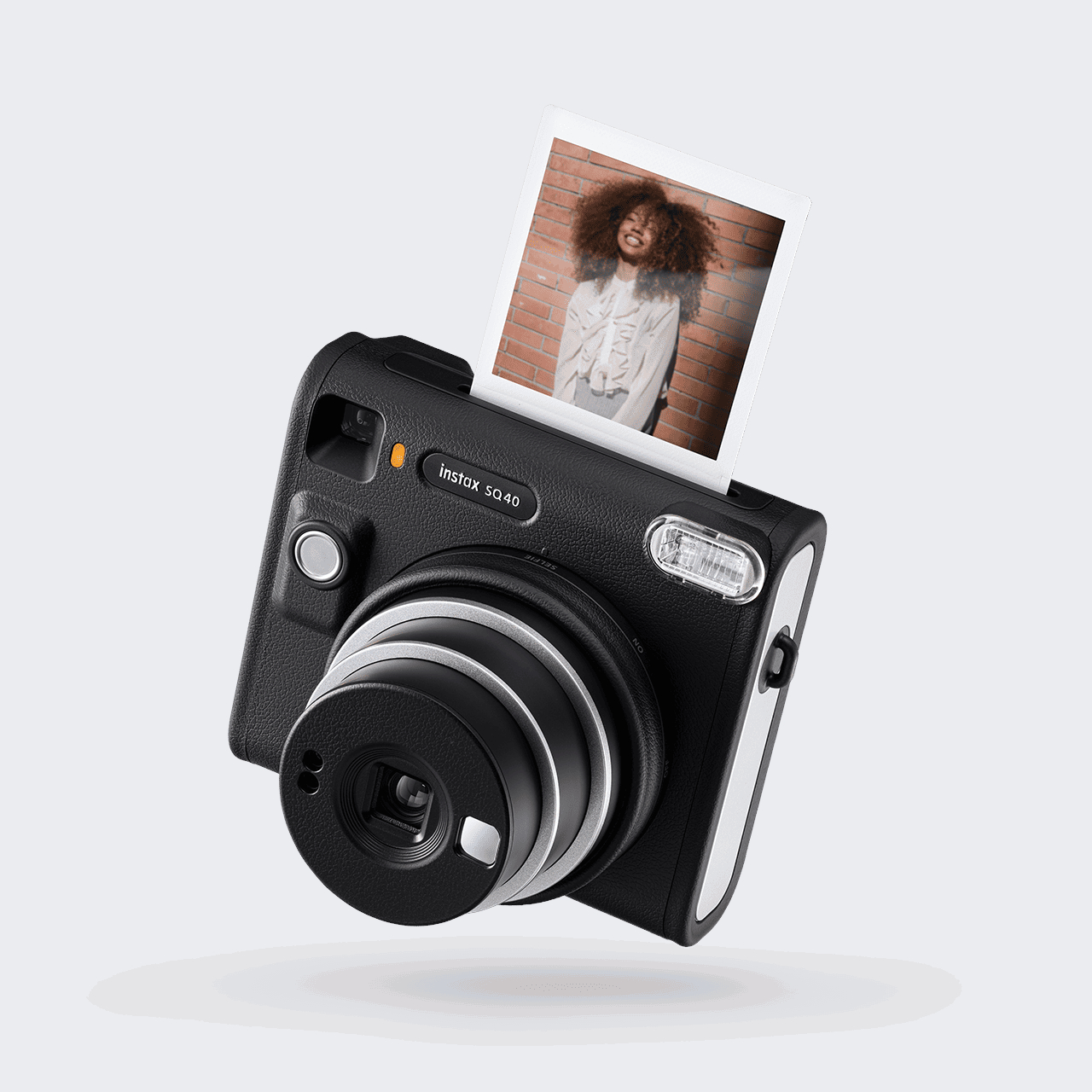
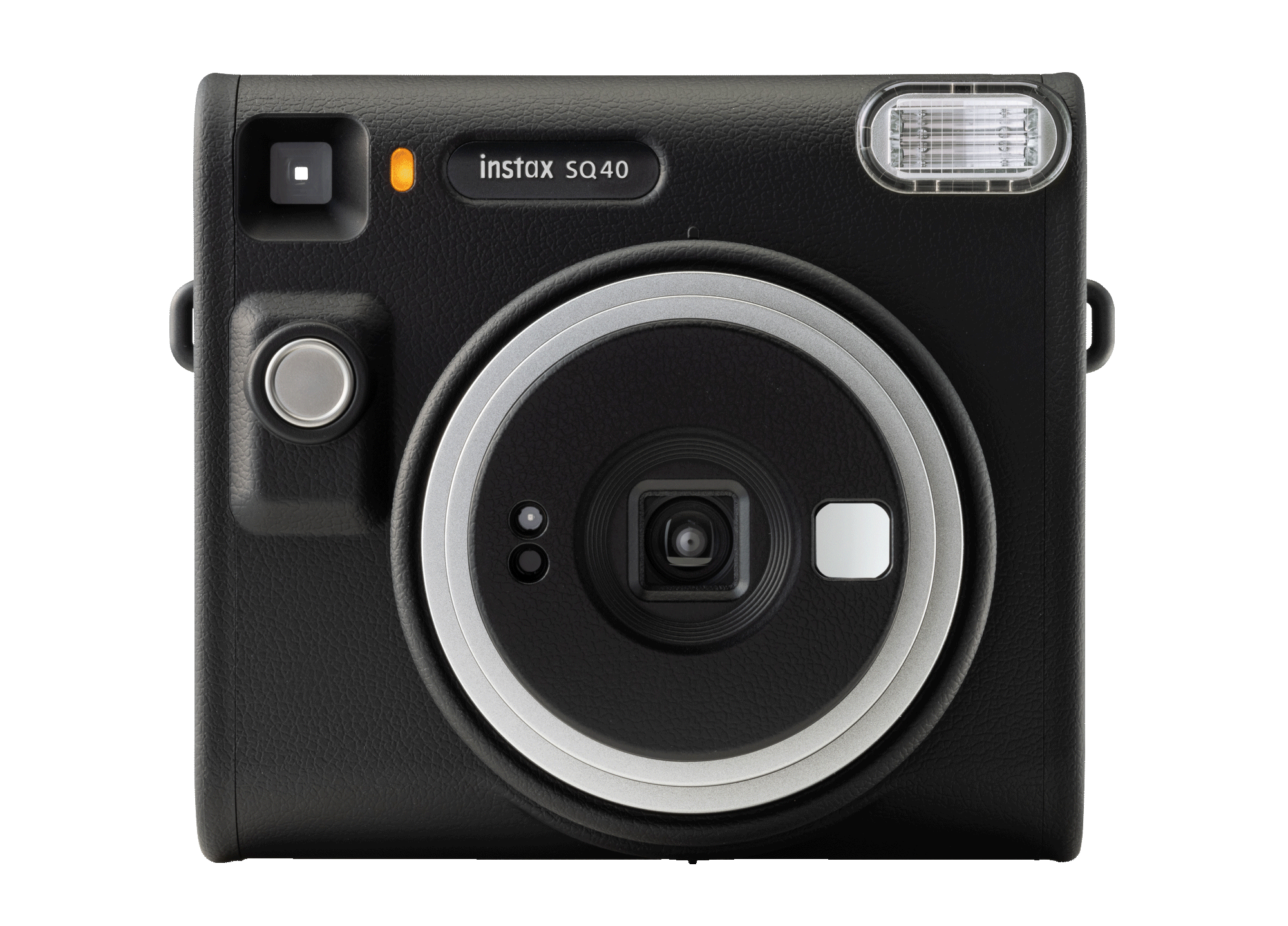
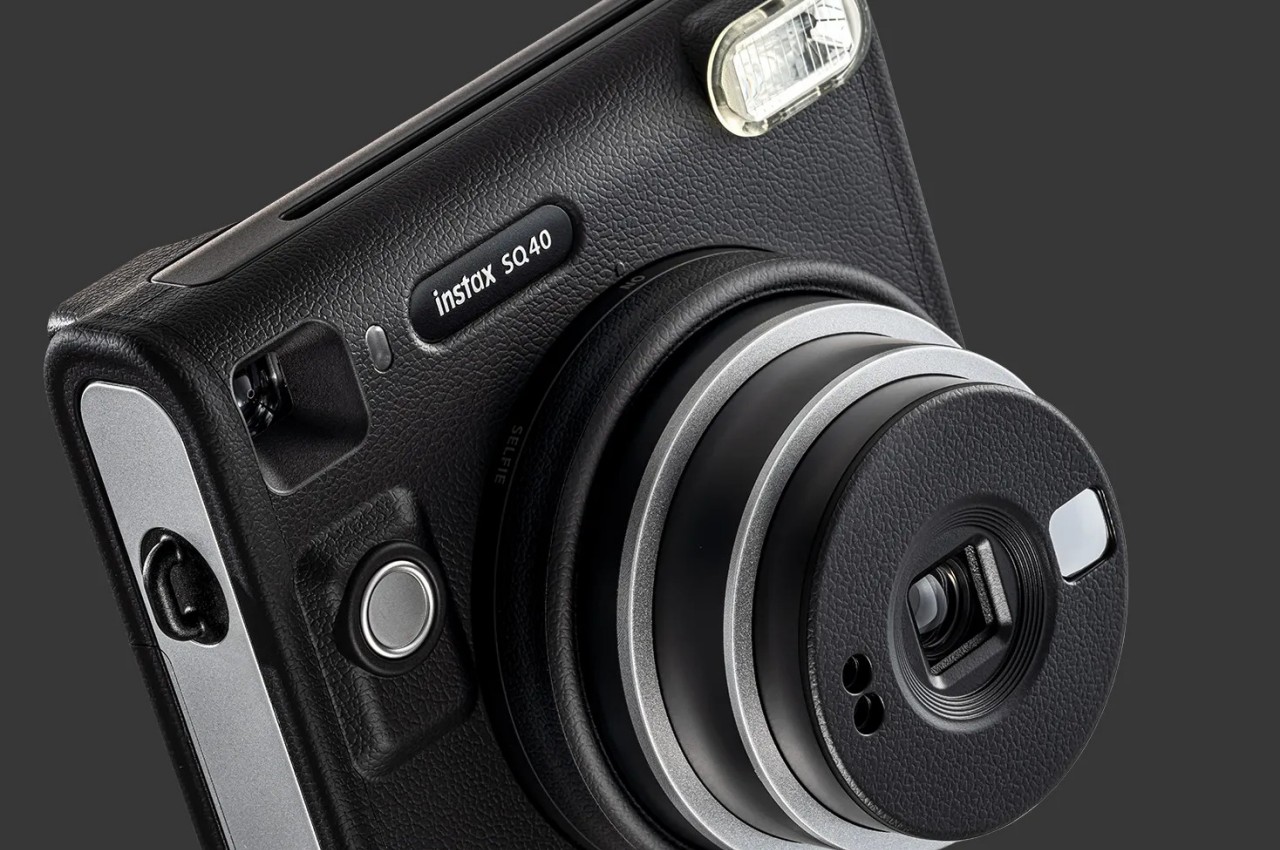
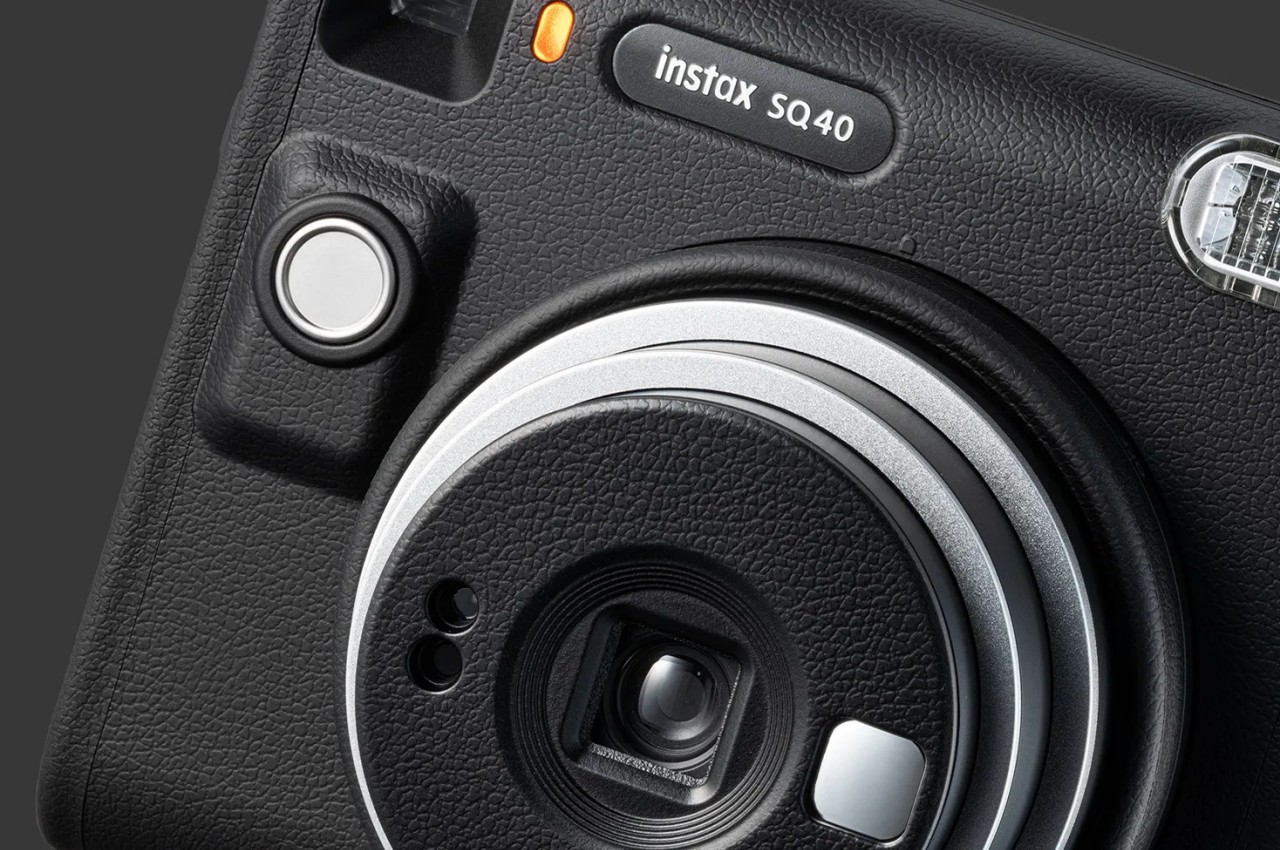
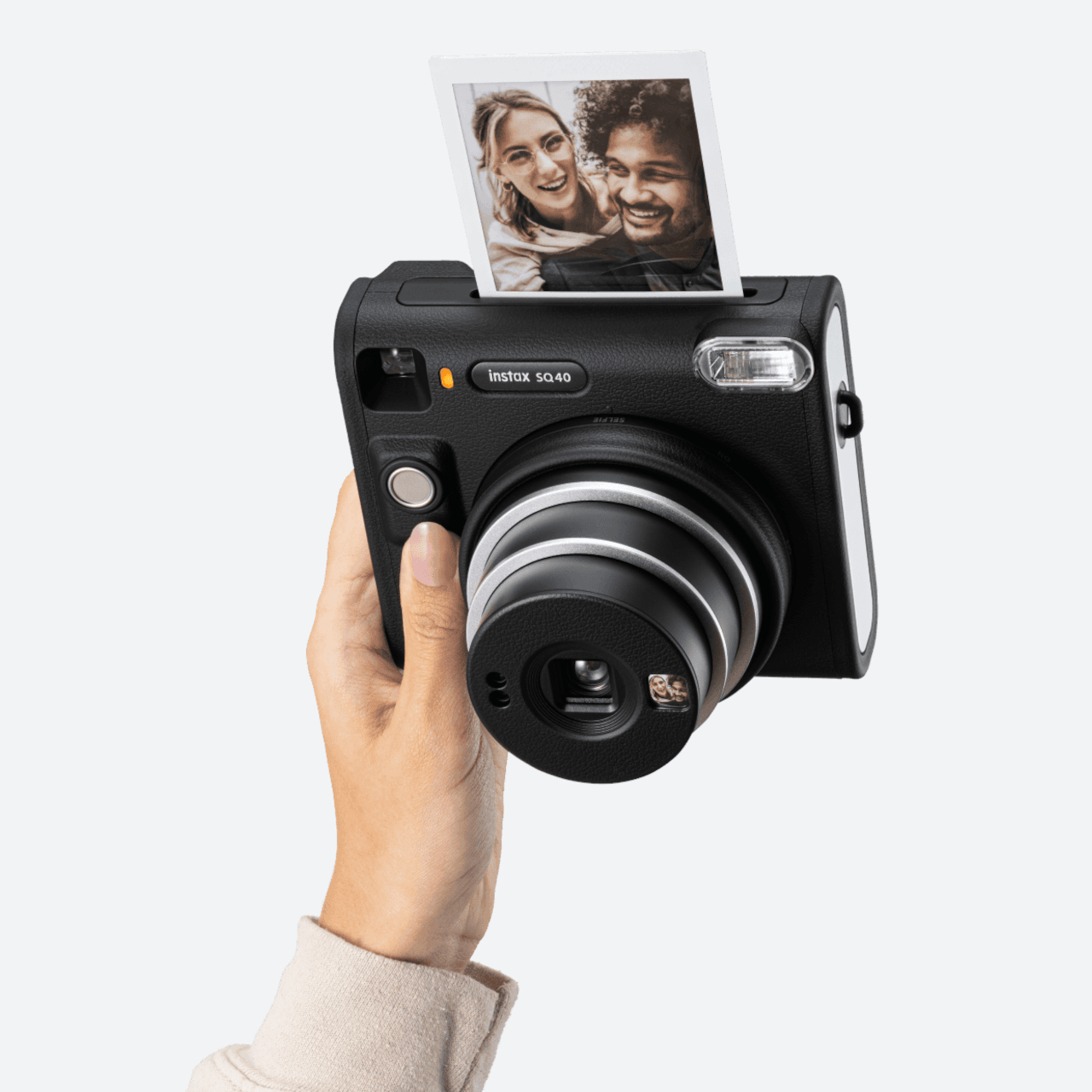
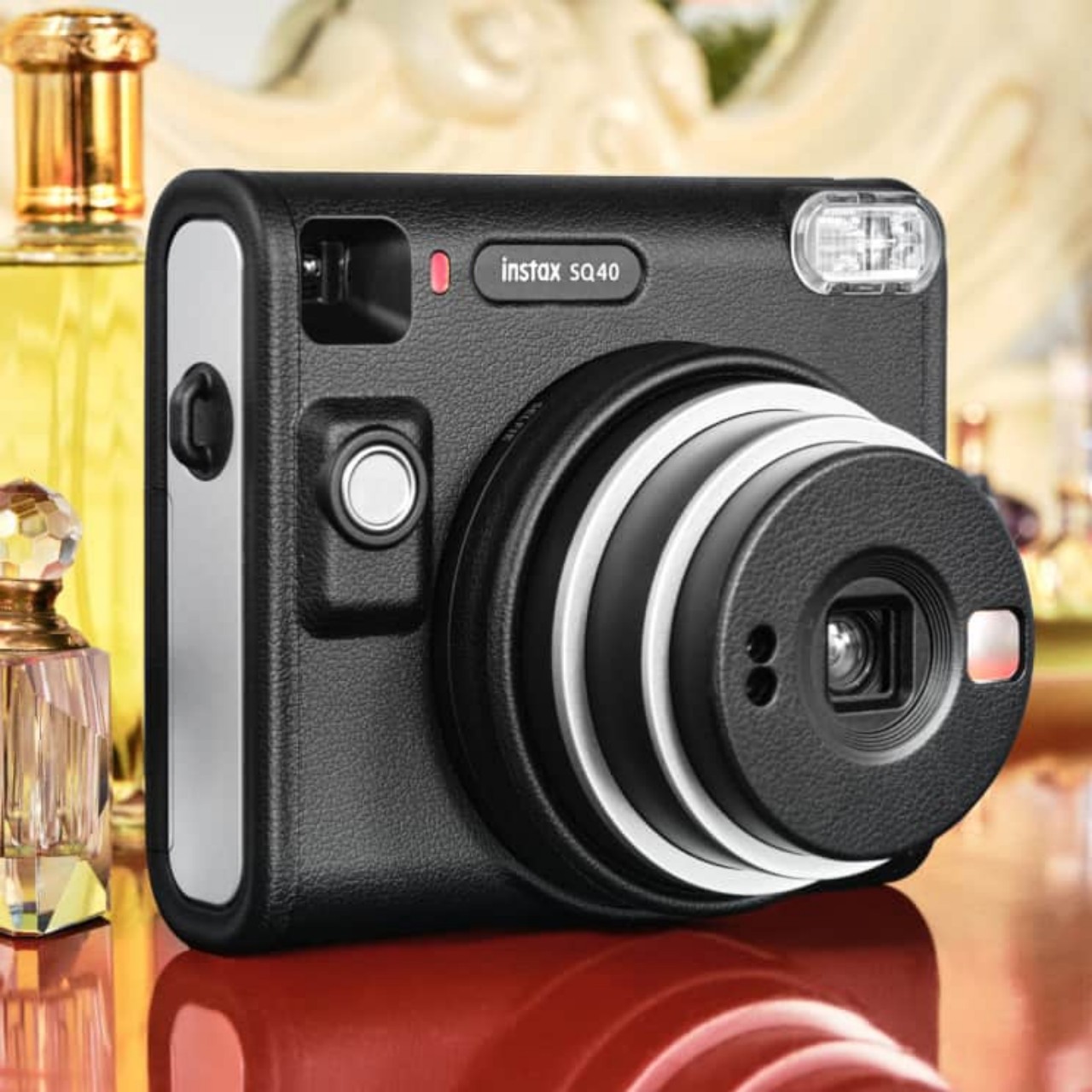
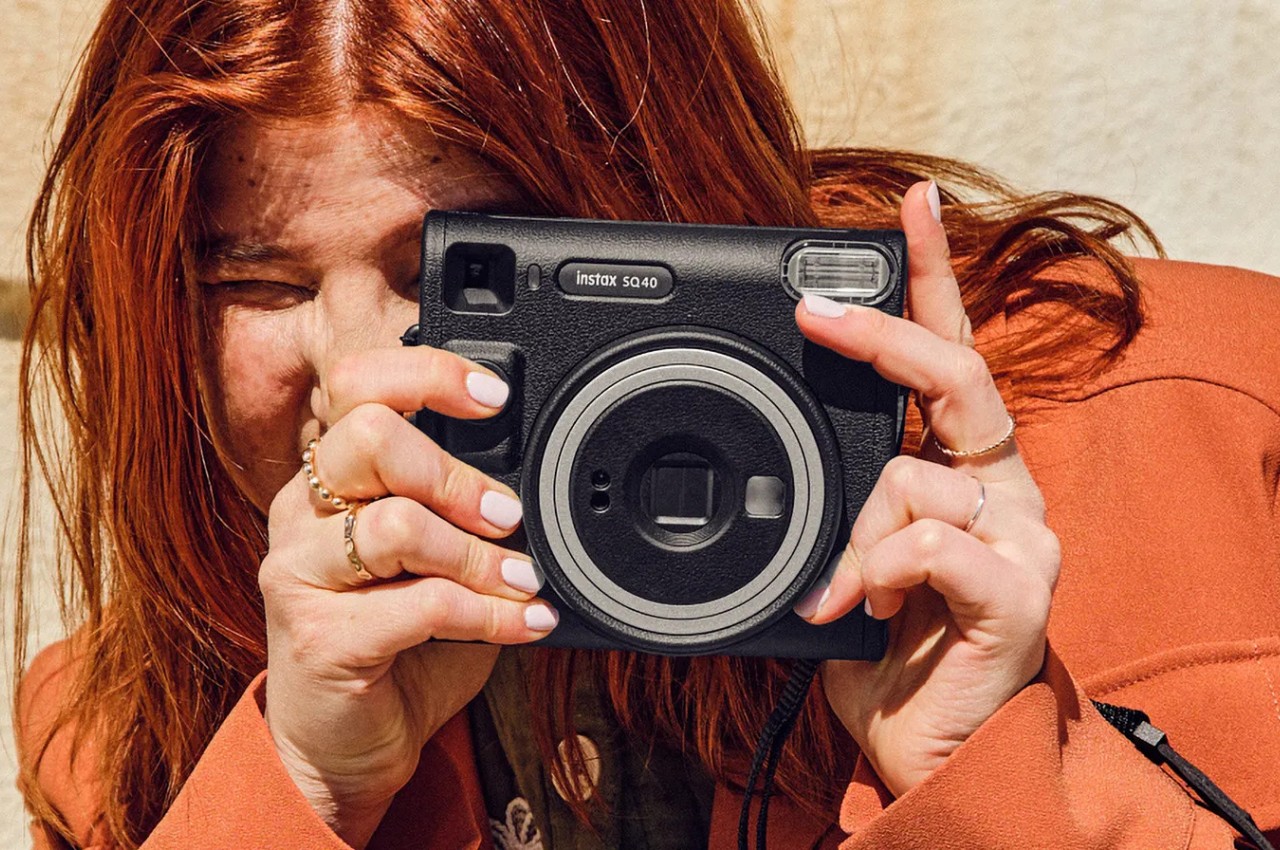
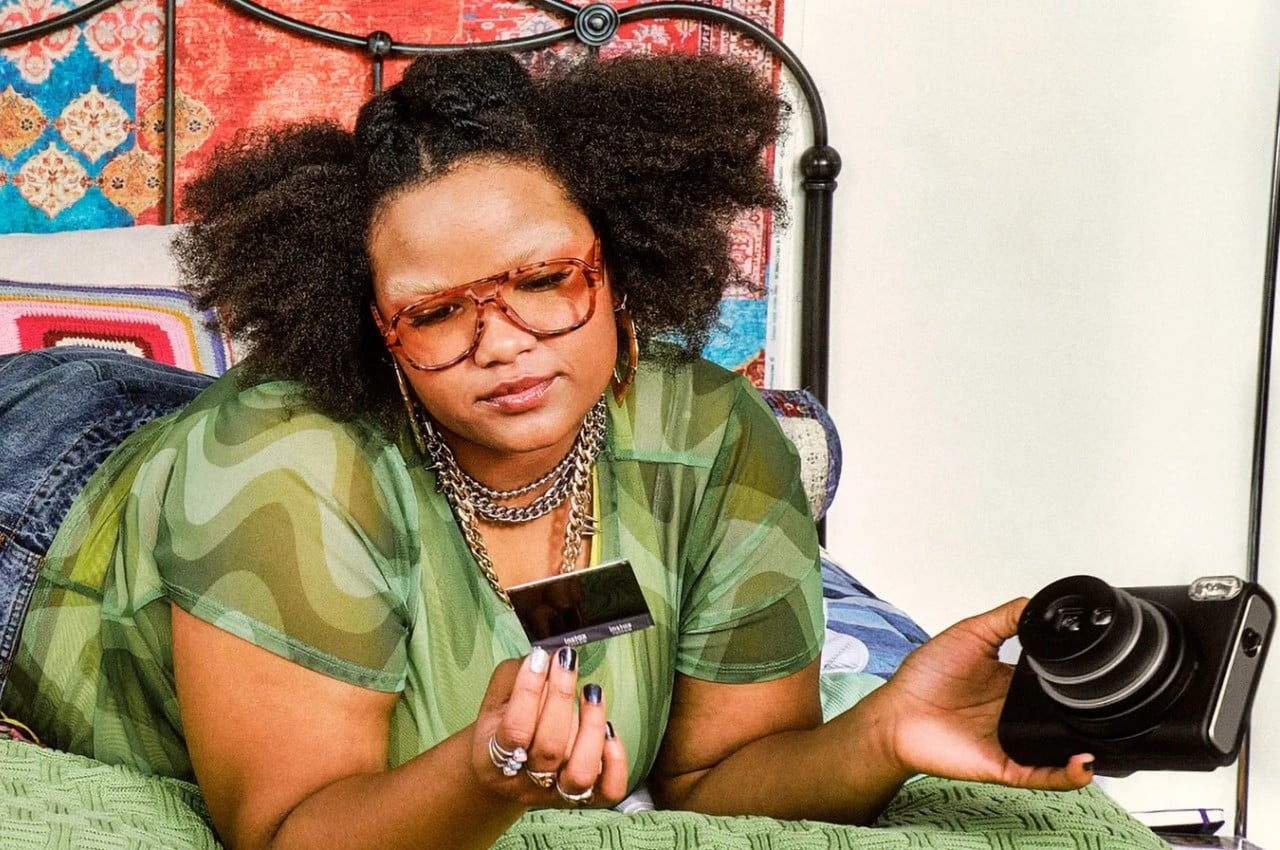
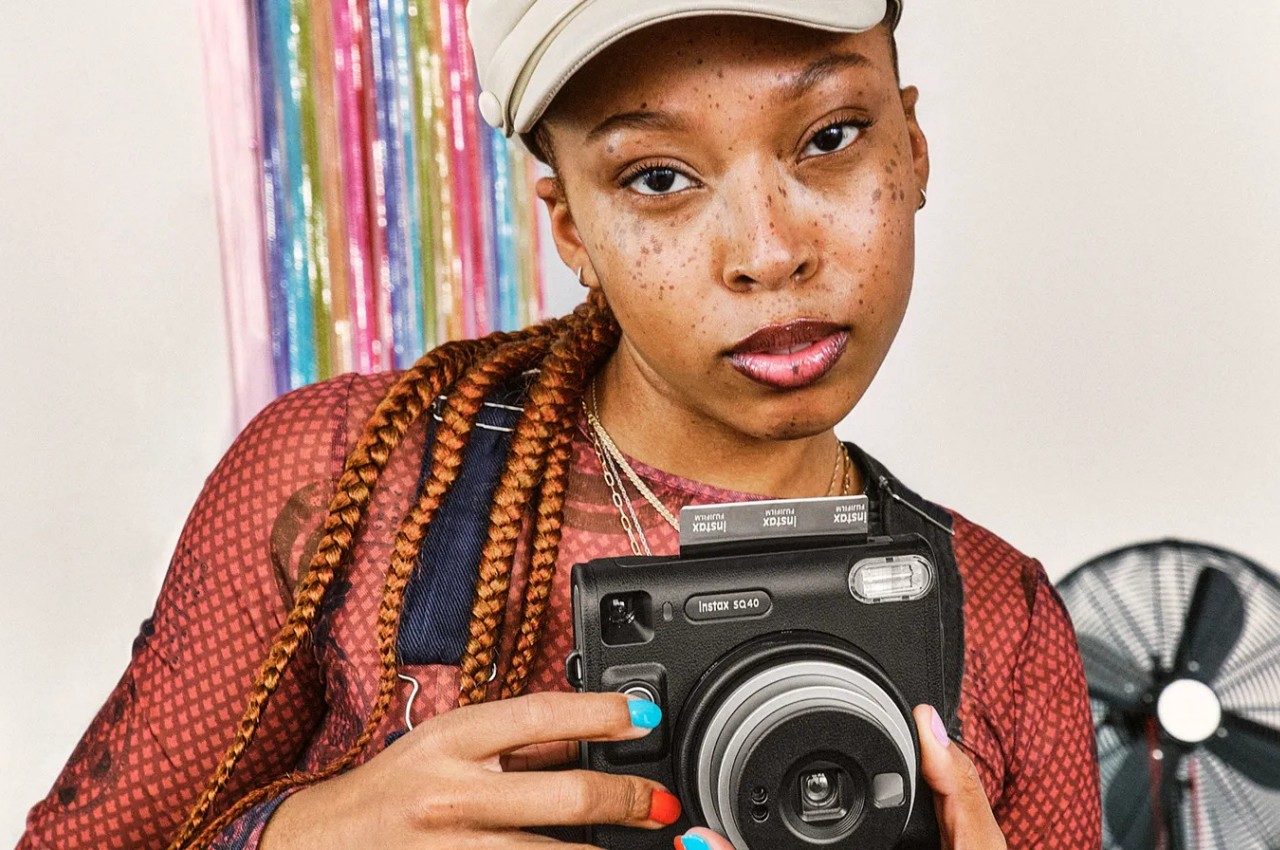
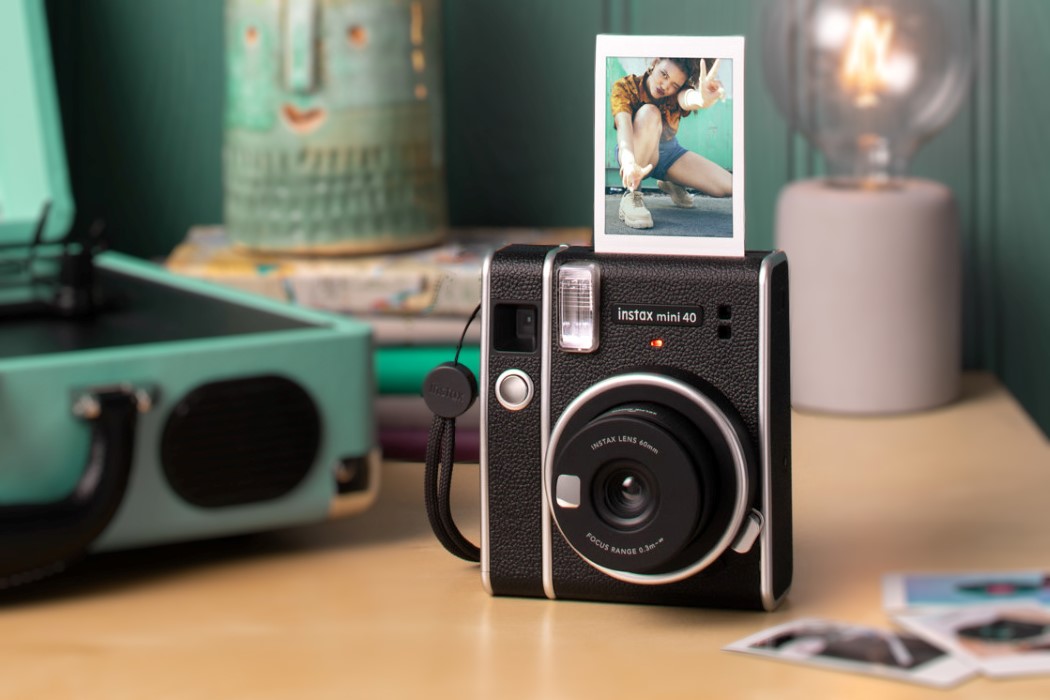
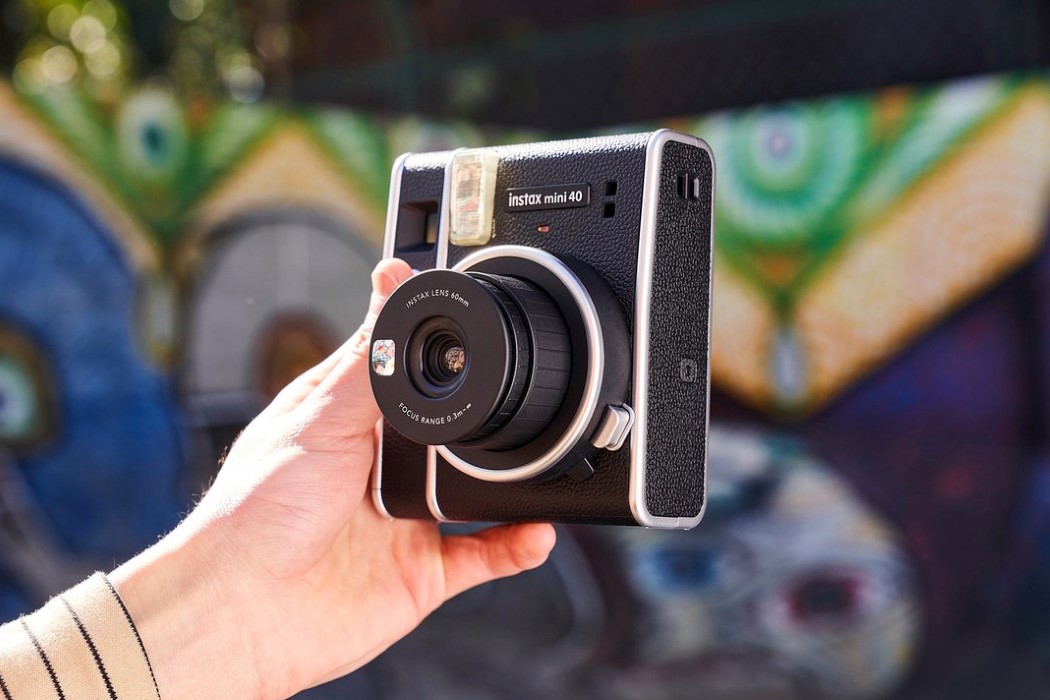
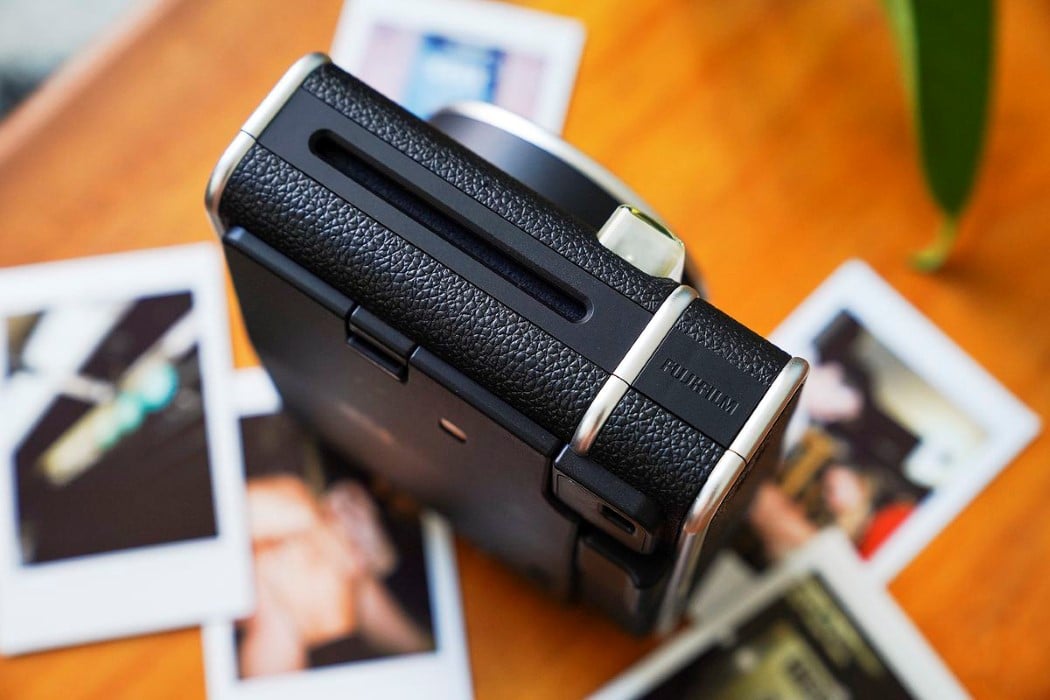
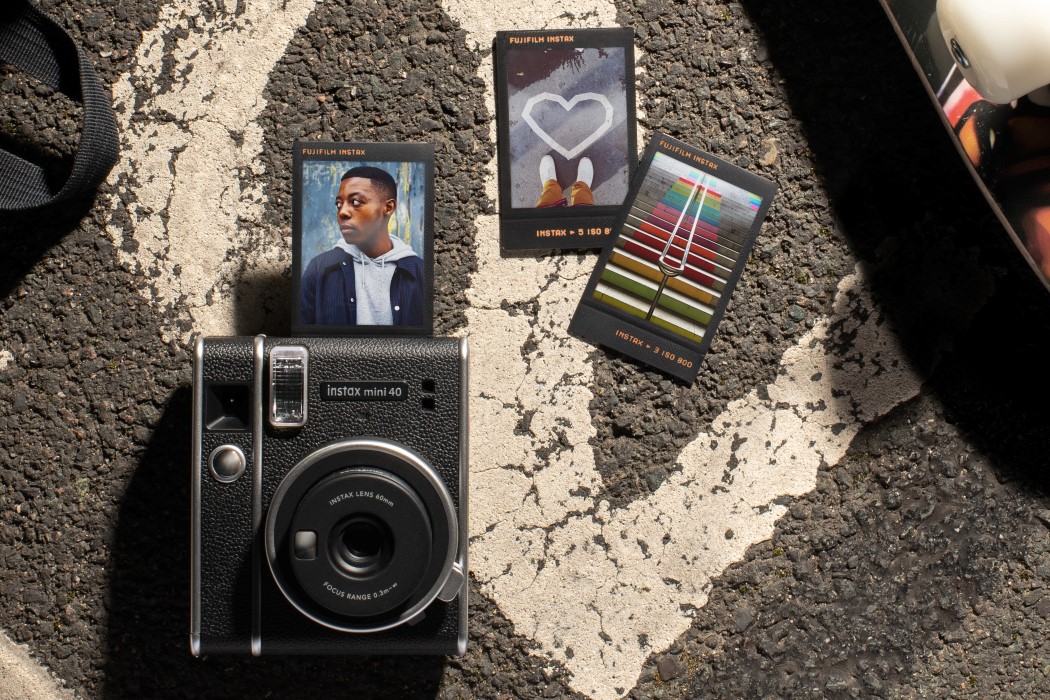
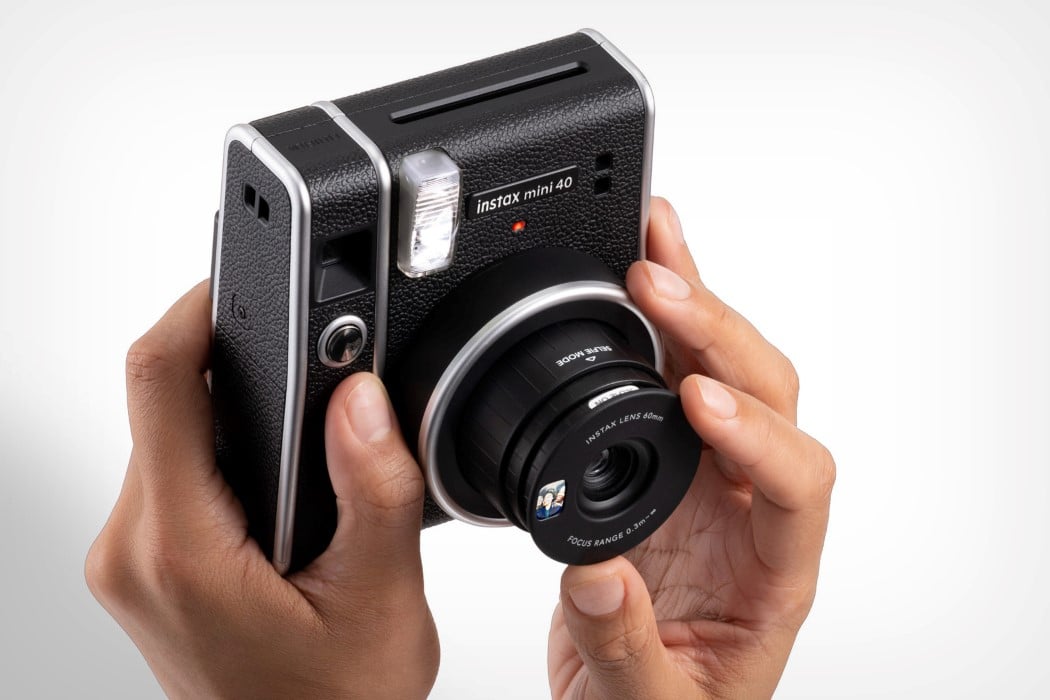
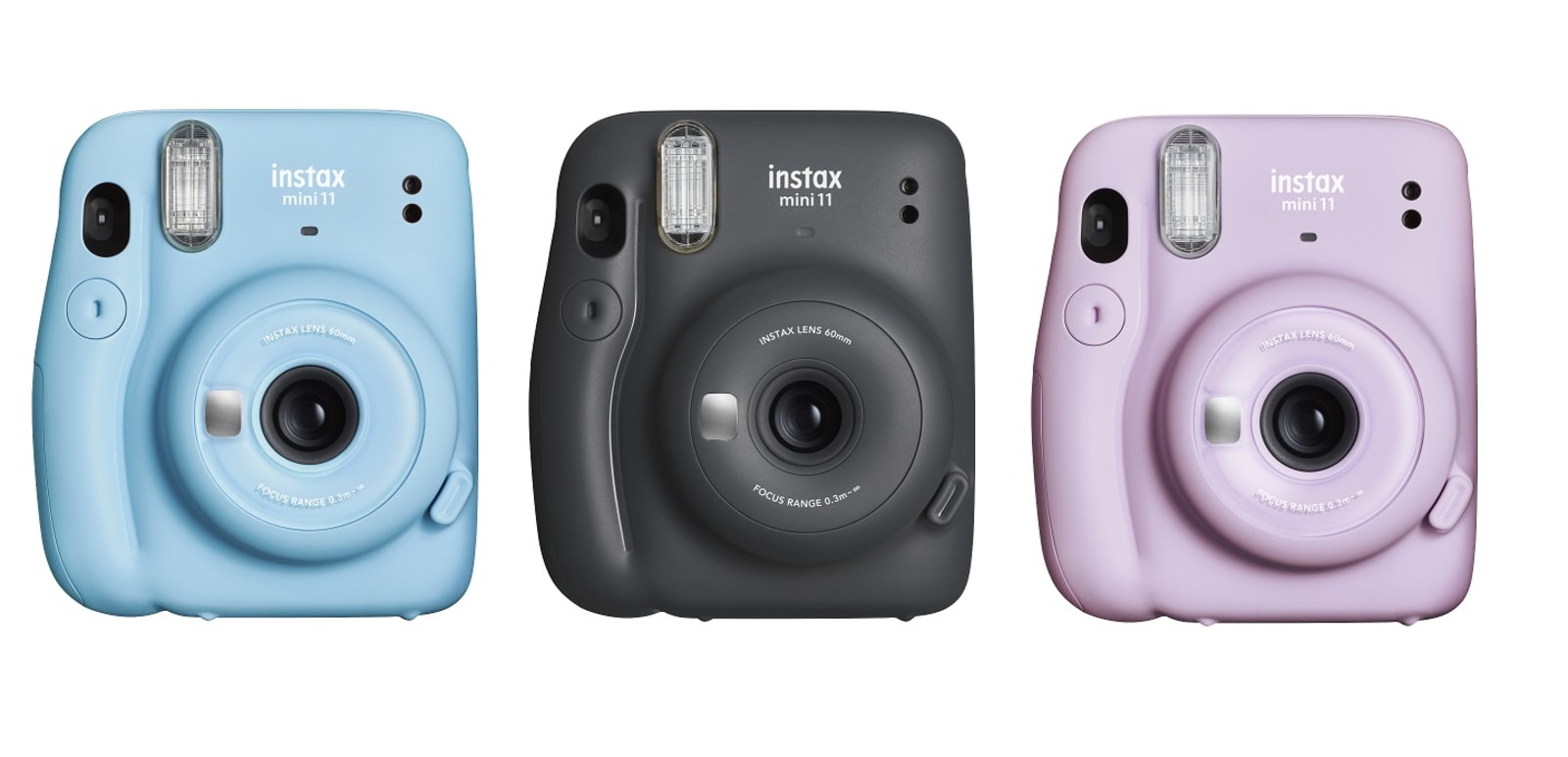 It's been a while since we heard anything from Fujifilm's Instax arm, but three years after the launch of the colorful, selfie-friendly Mini 9, its successor has arrived. The Instax Mini 11 (it's not clear why they jumped the 10) offers up the same f...
It's been a while since we heard anything from Fujifilm's Instax arm, but three years after the launch of the colorful, selfie-friendly Mini 9, its successor has arrived. The Instax Mini 11 (it's not clear why they jumped the 10) offers up the same f...

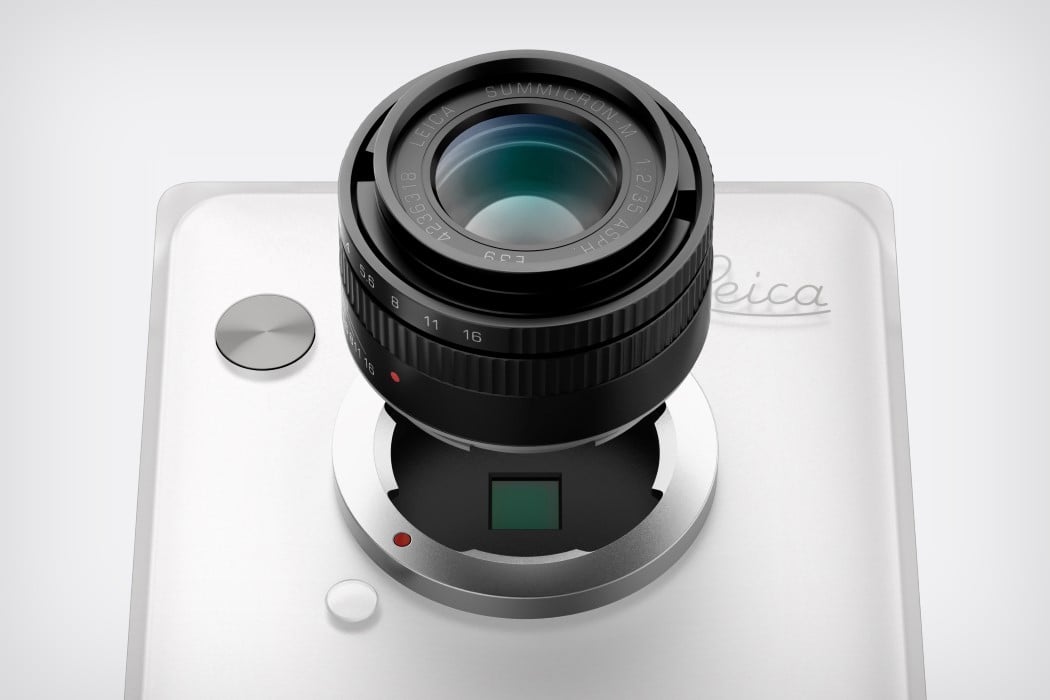
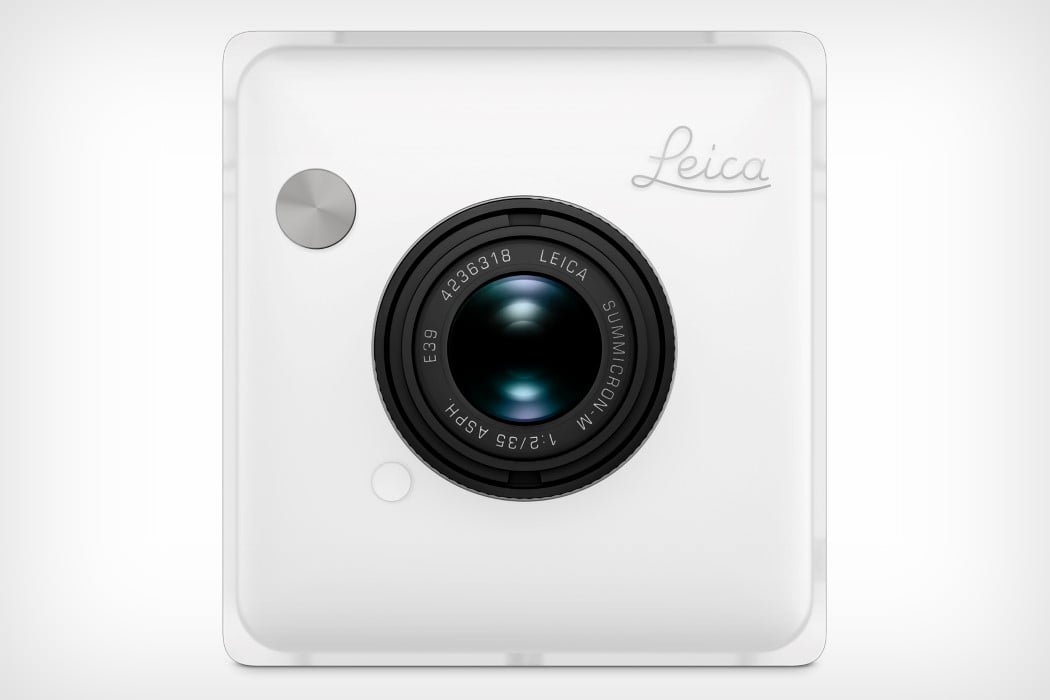
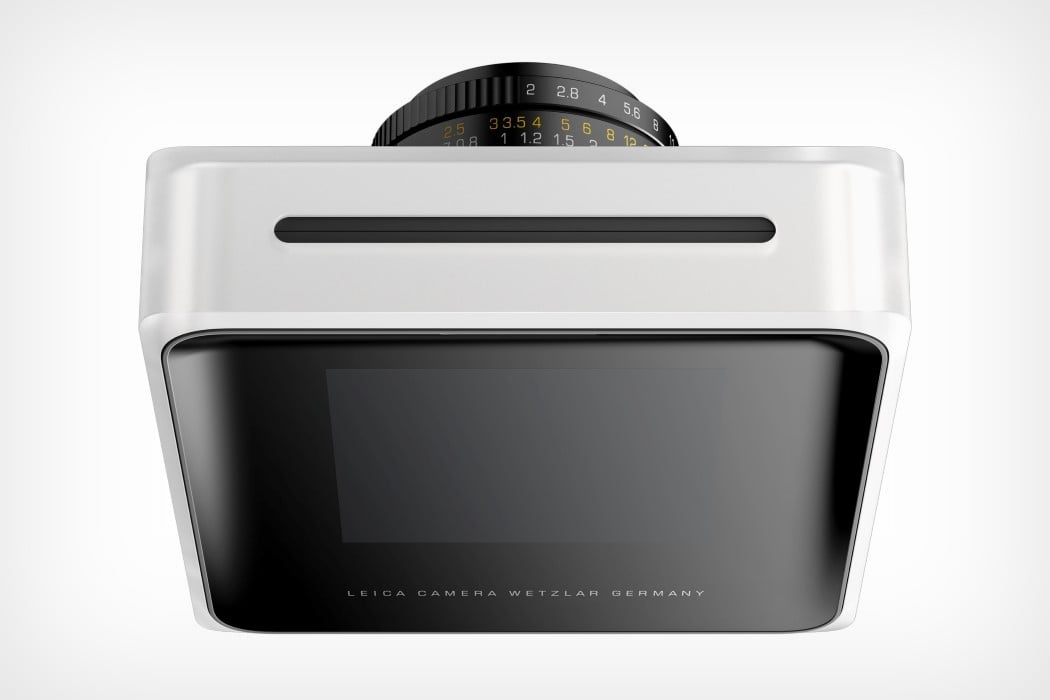
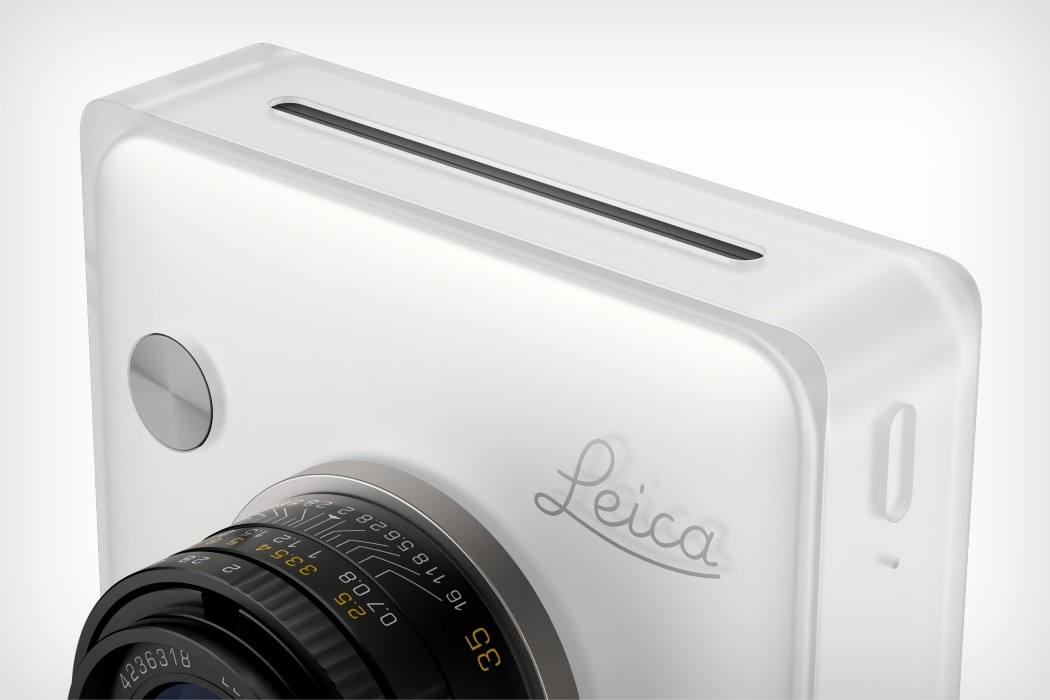
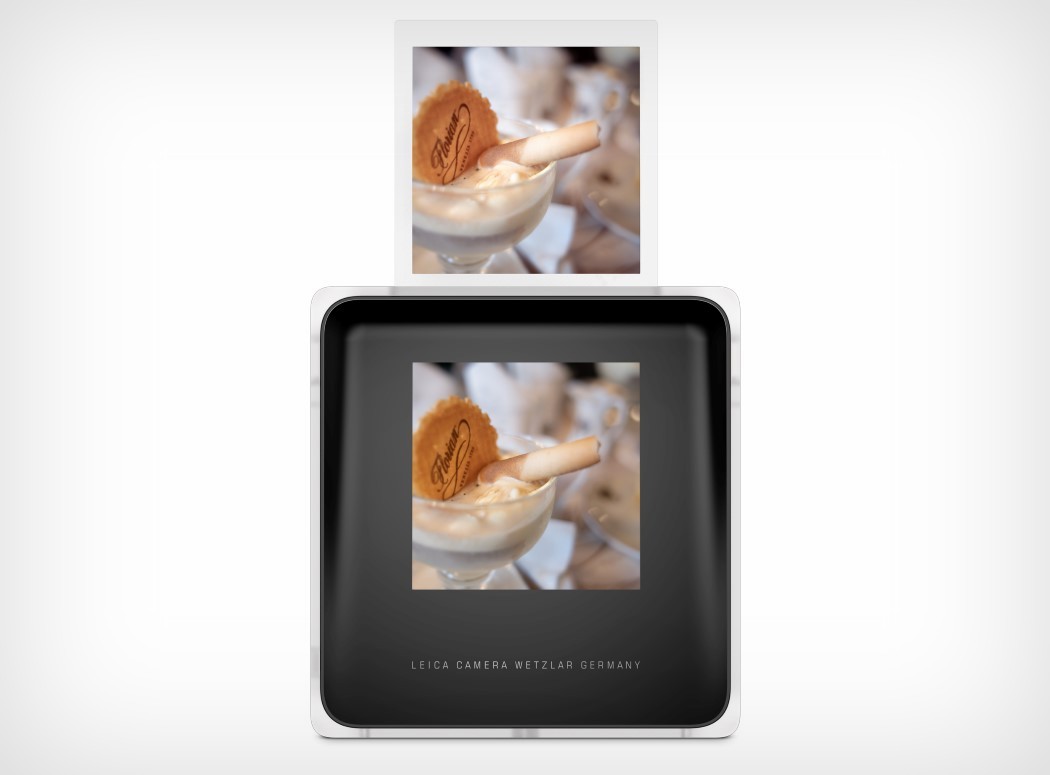
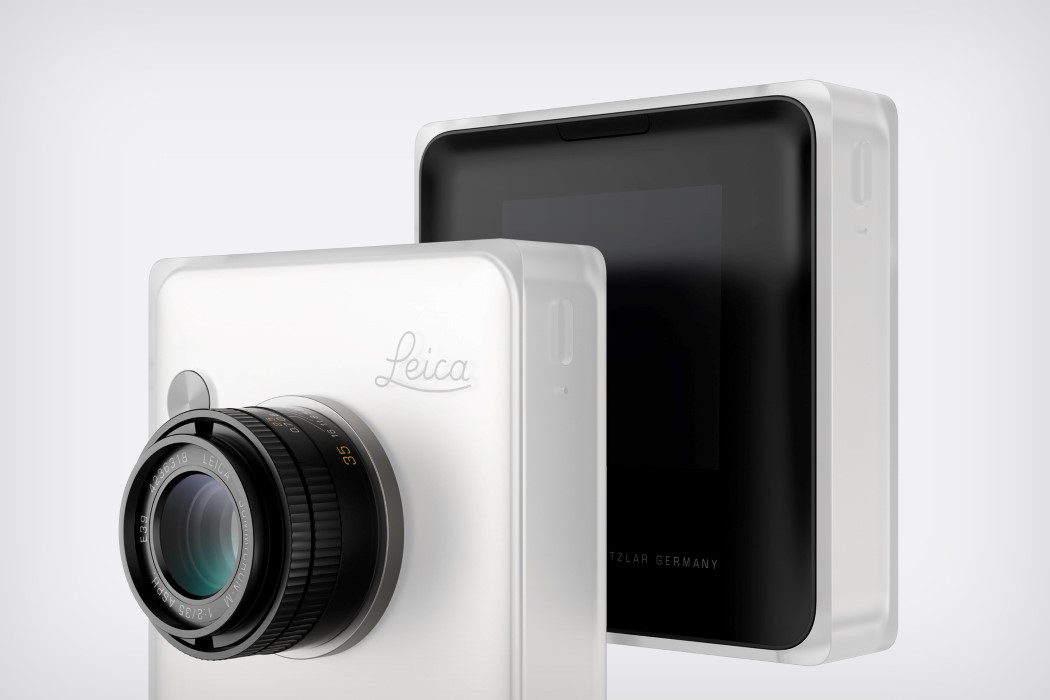
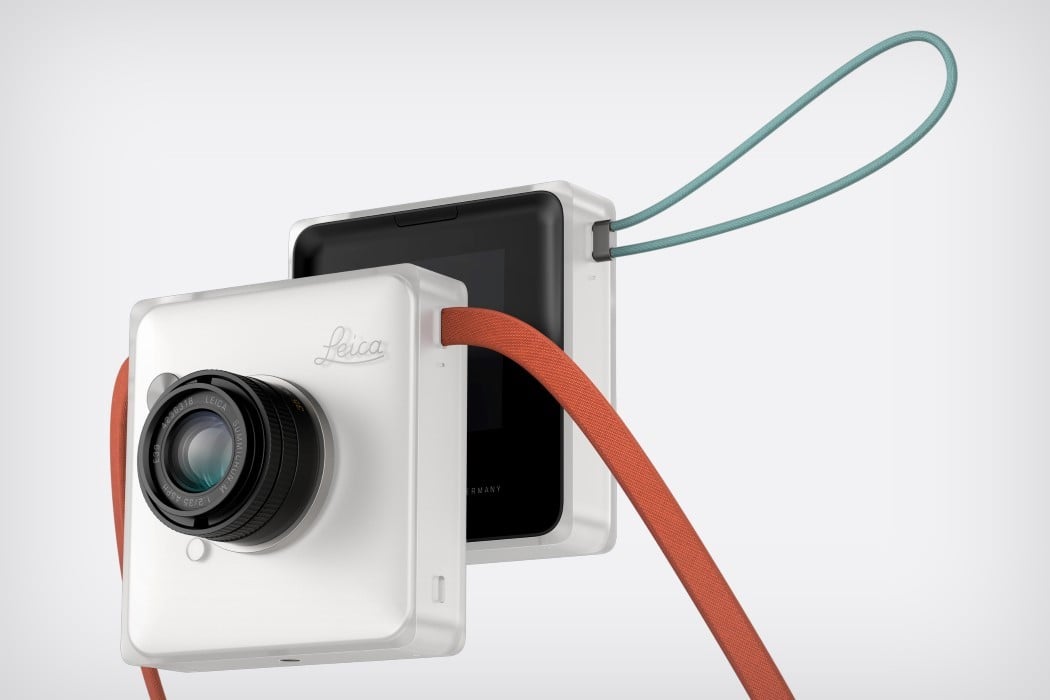
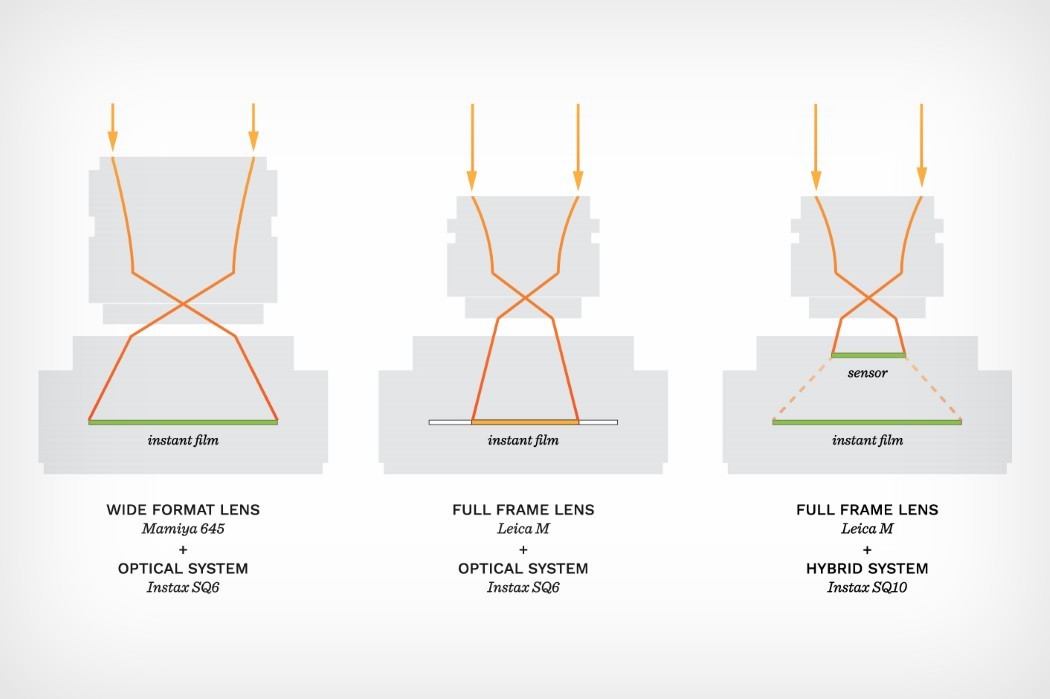
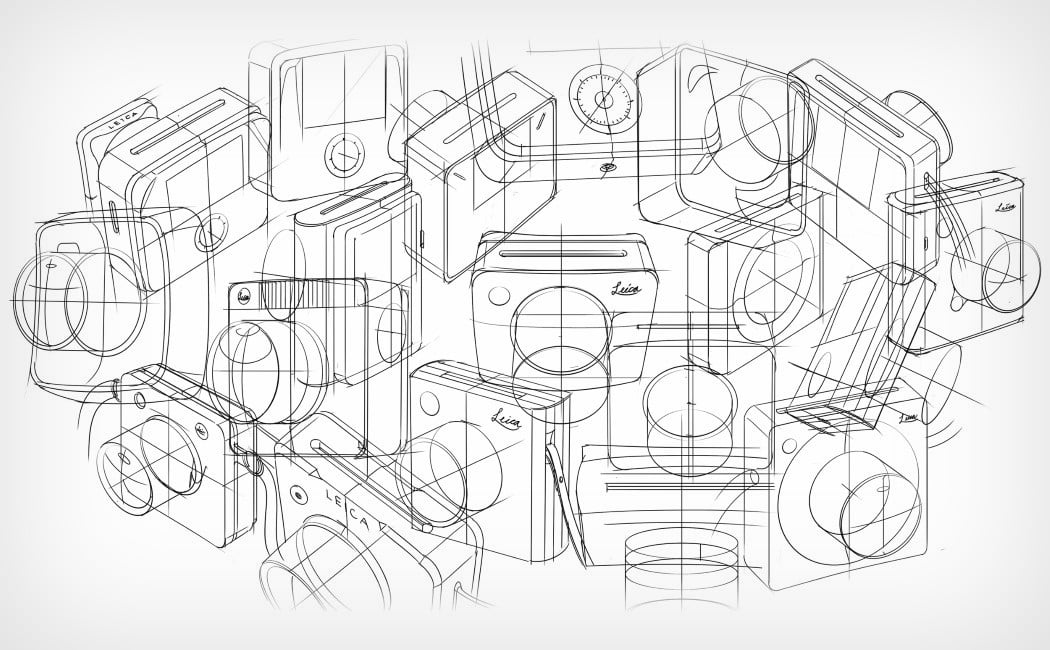
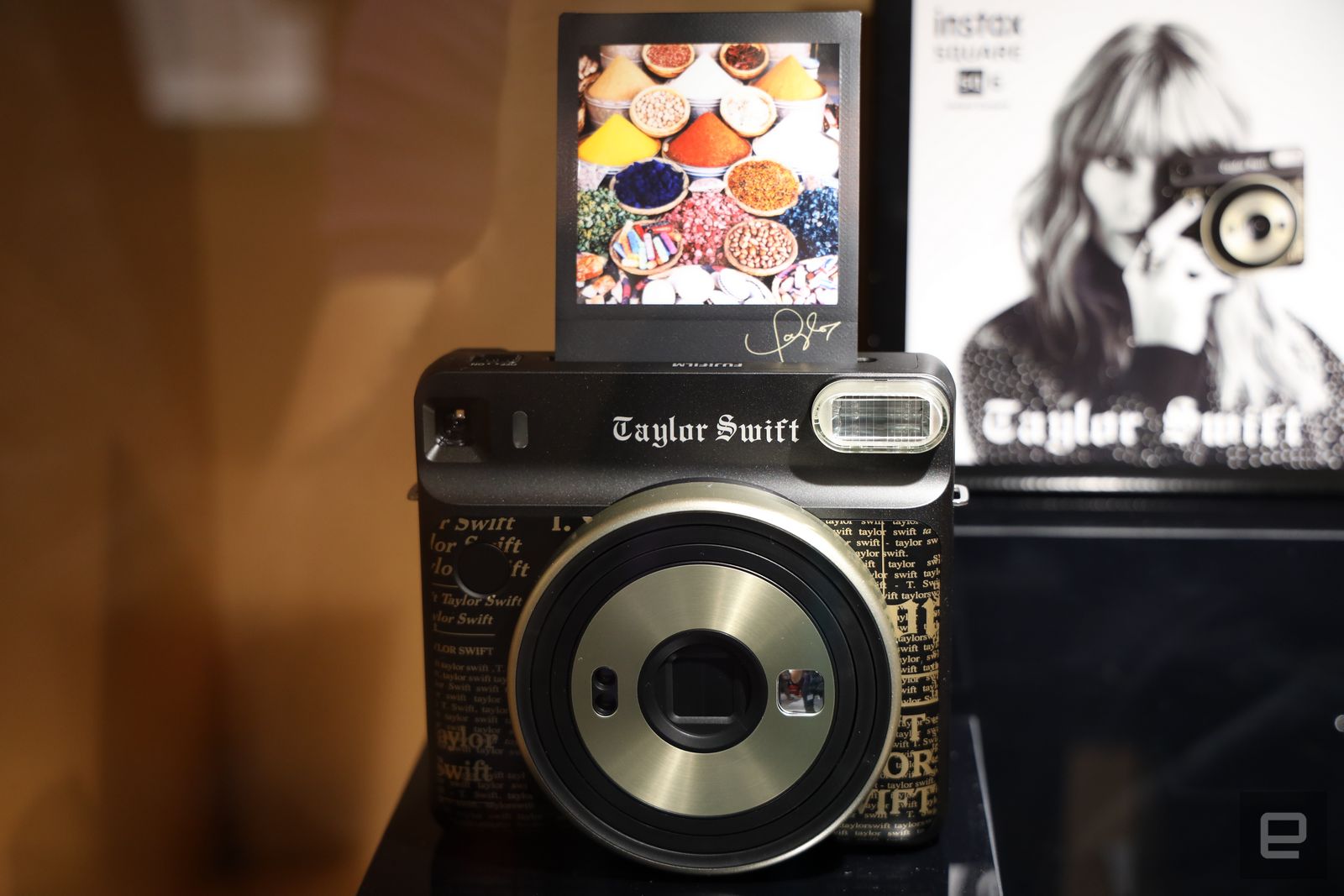 Fujifilm is no stranger to collaborating with people from other industries, particularly when it comes to its instant cameras. A couple of years ago, the company worked with designer Michael Kors on a special, fashionable edition of the Instax Mini 7...
Fujifilm is no stranger to collaborating with people from other industries, particularly when it comes to its instant cameras. A couple of years ago, the company worked with designer Michael Kors on a special, fashionable edition of the Instax Mini 7...